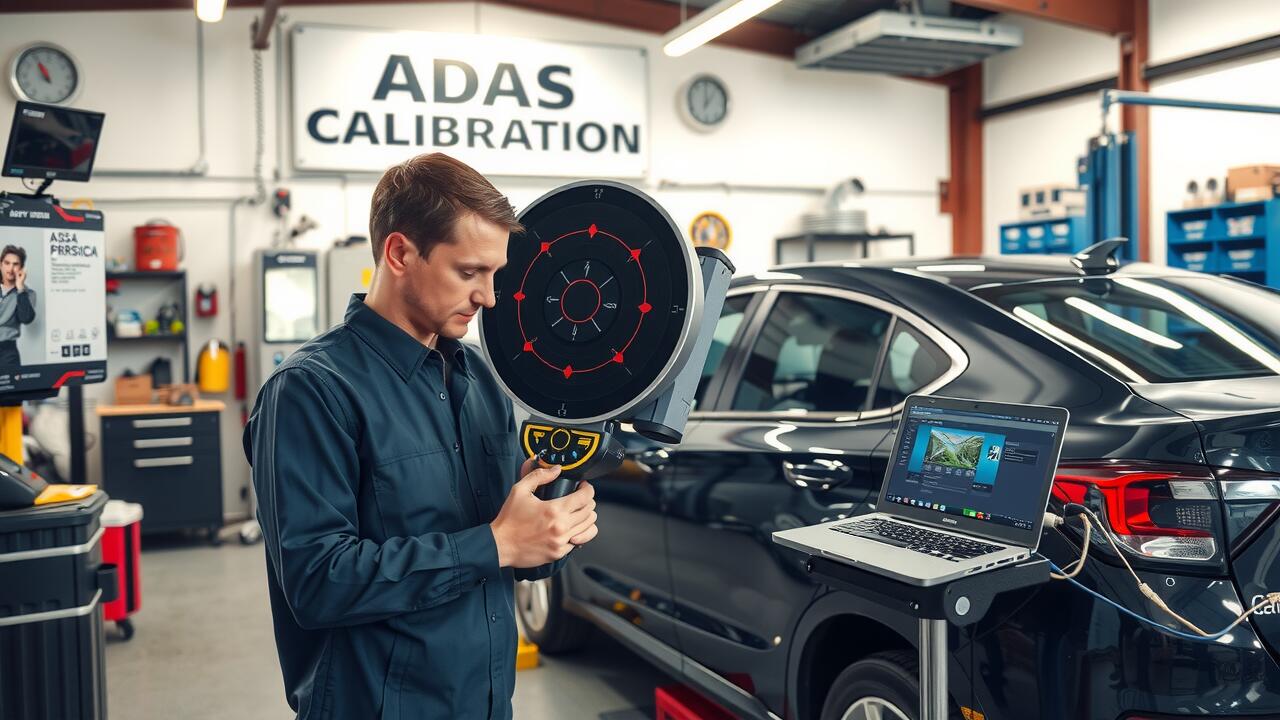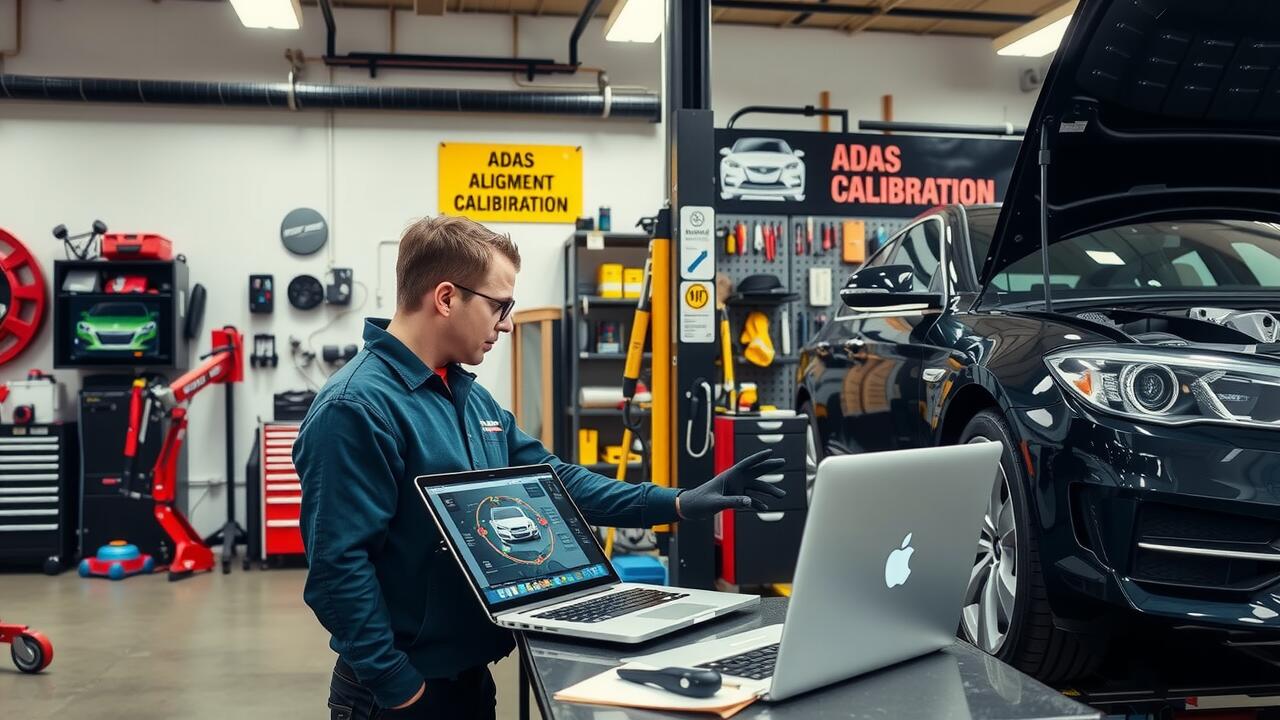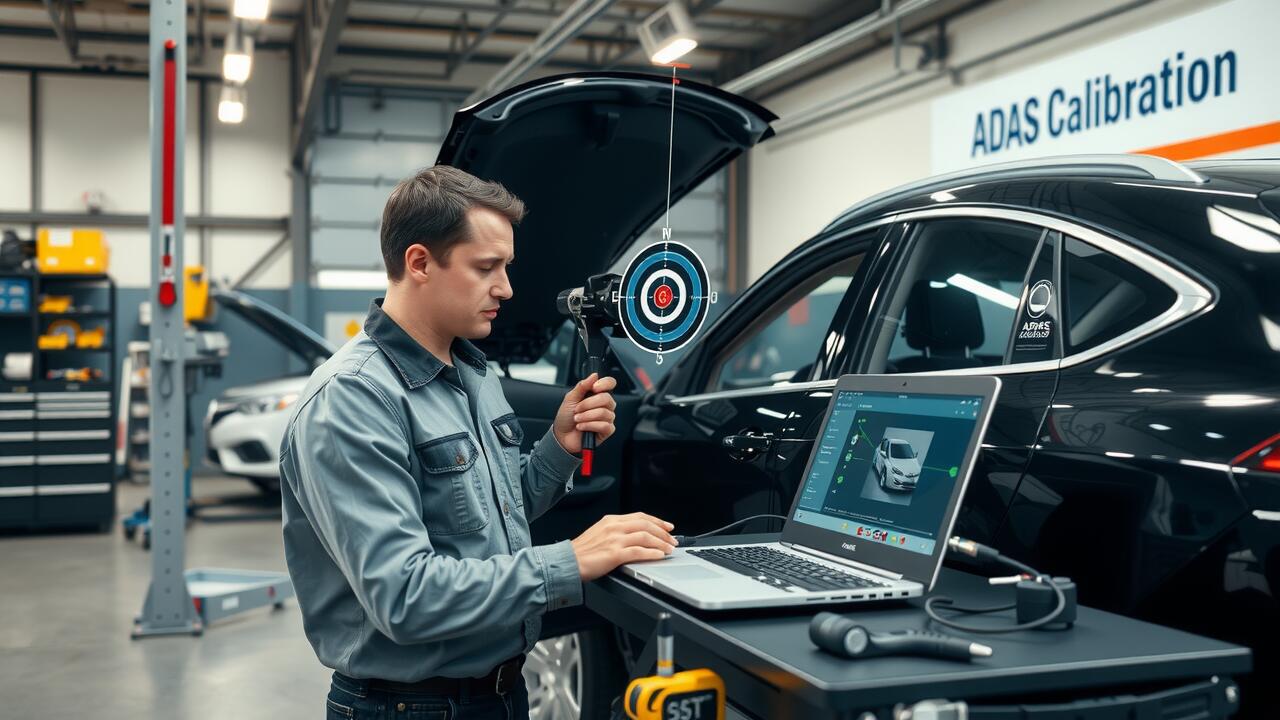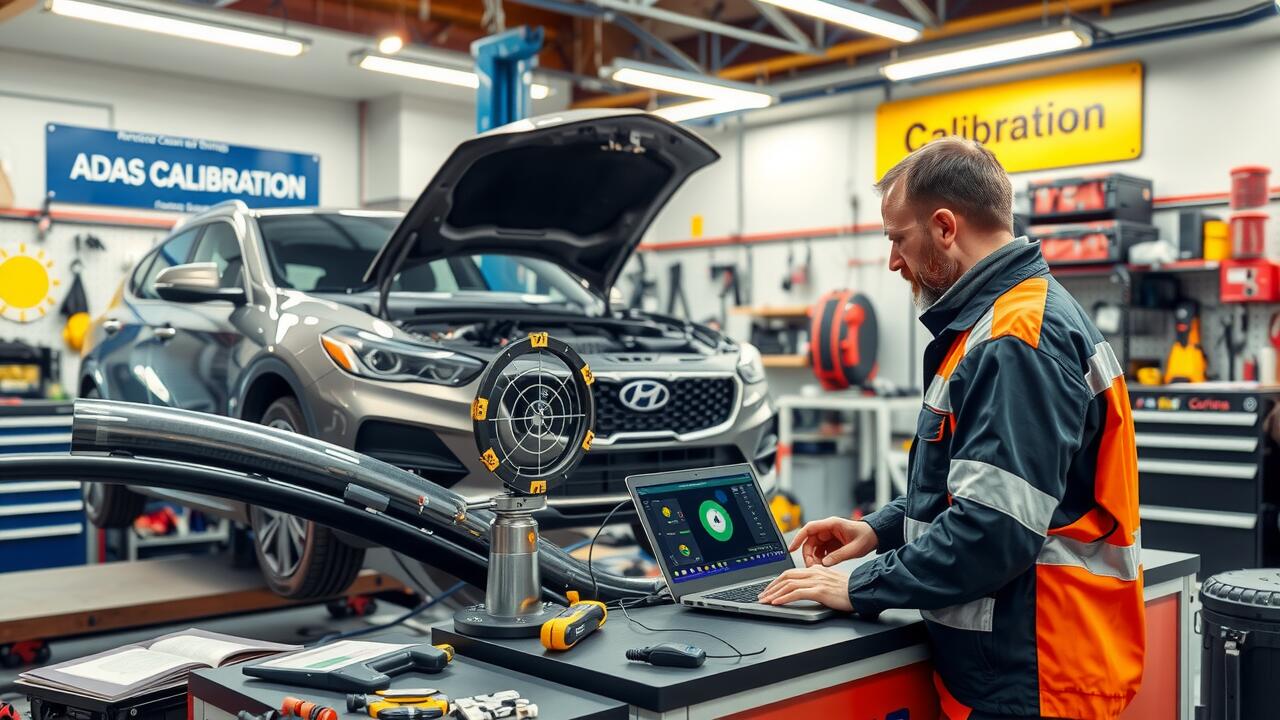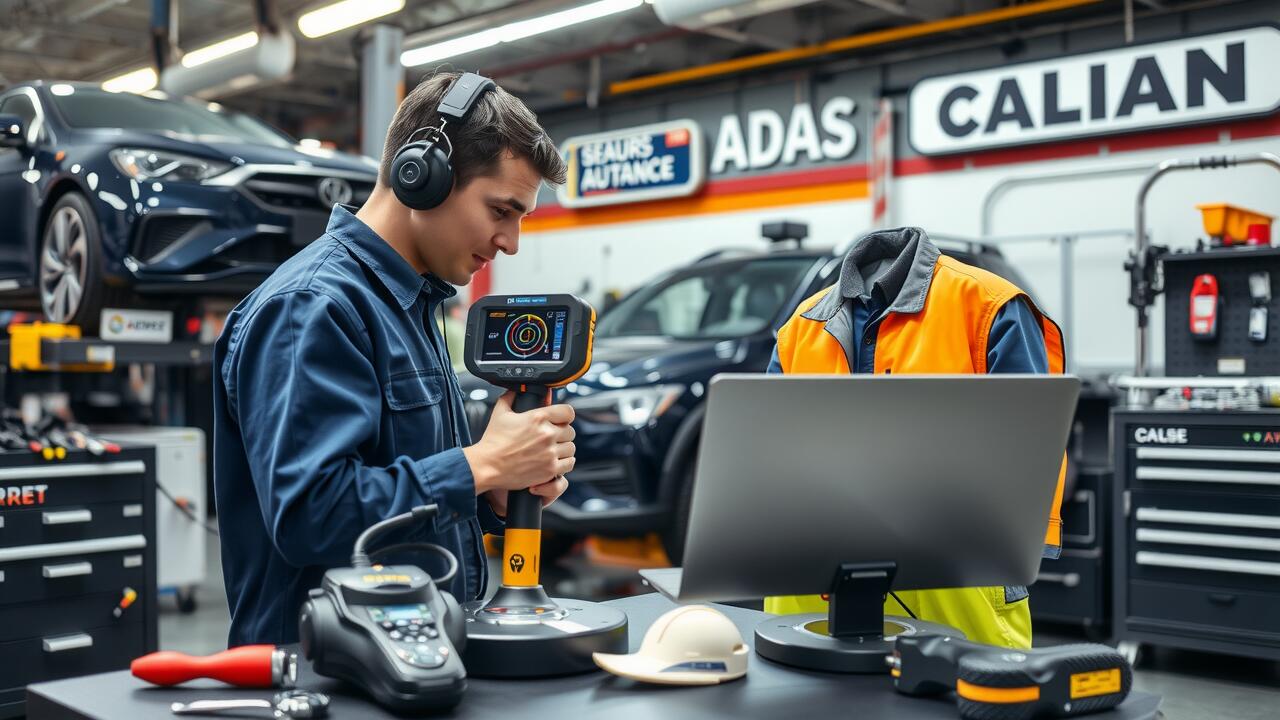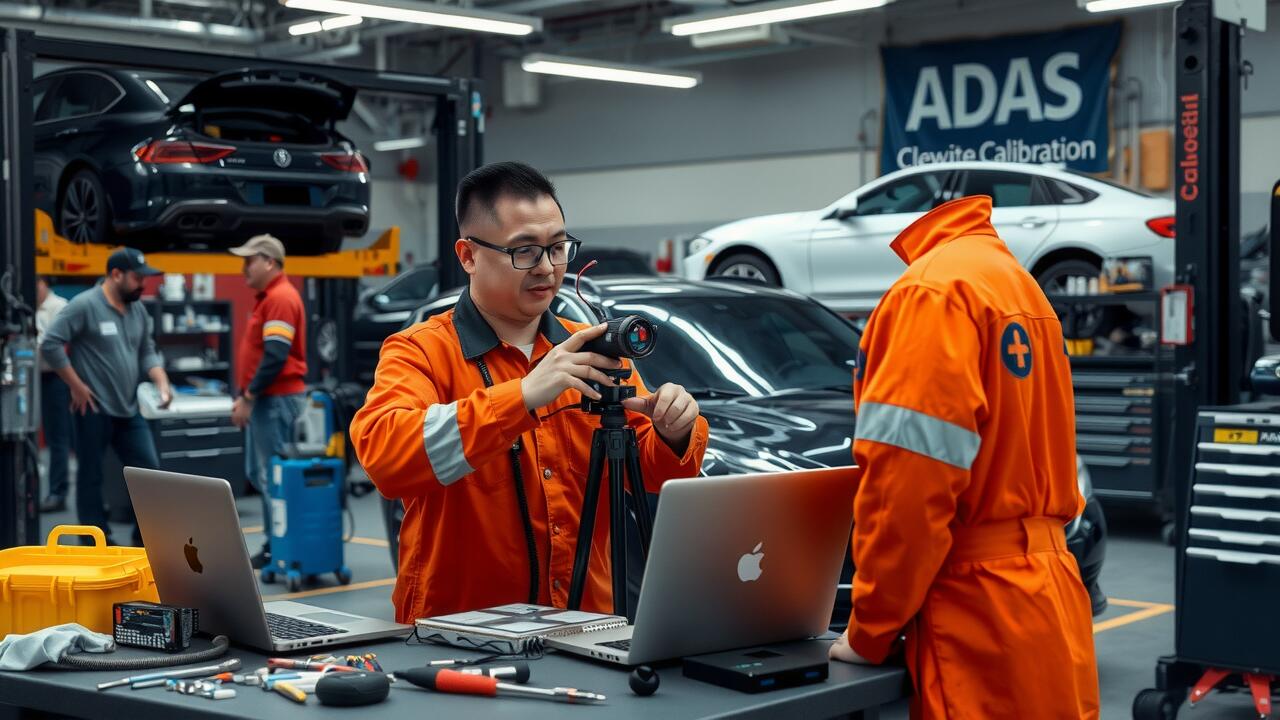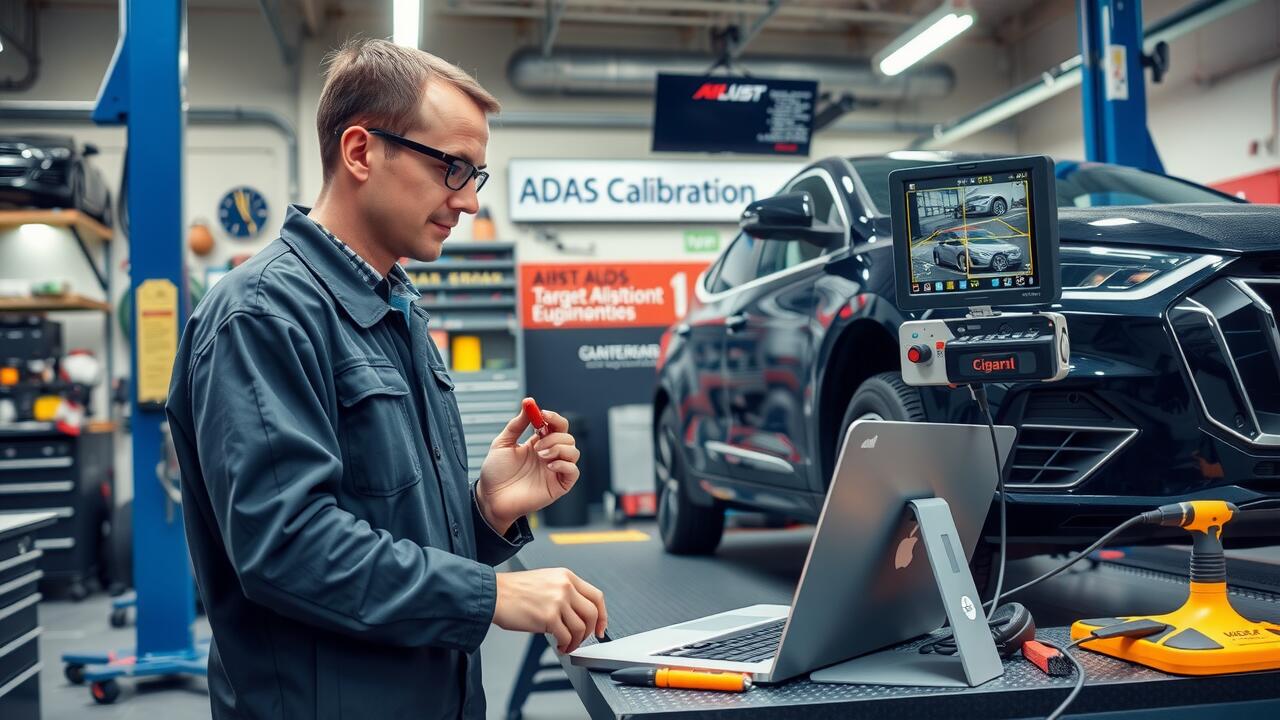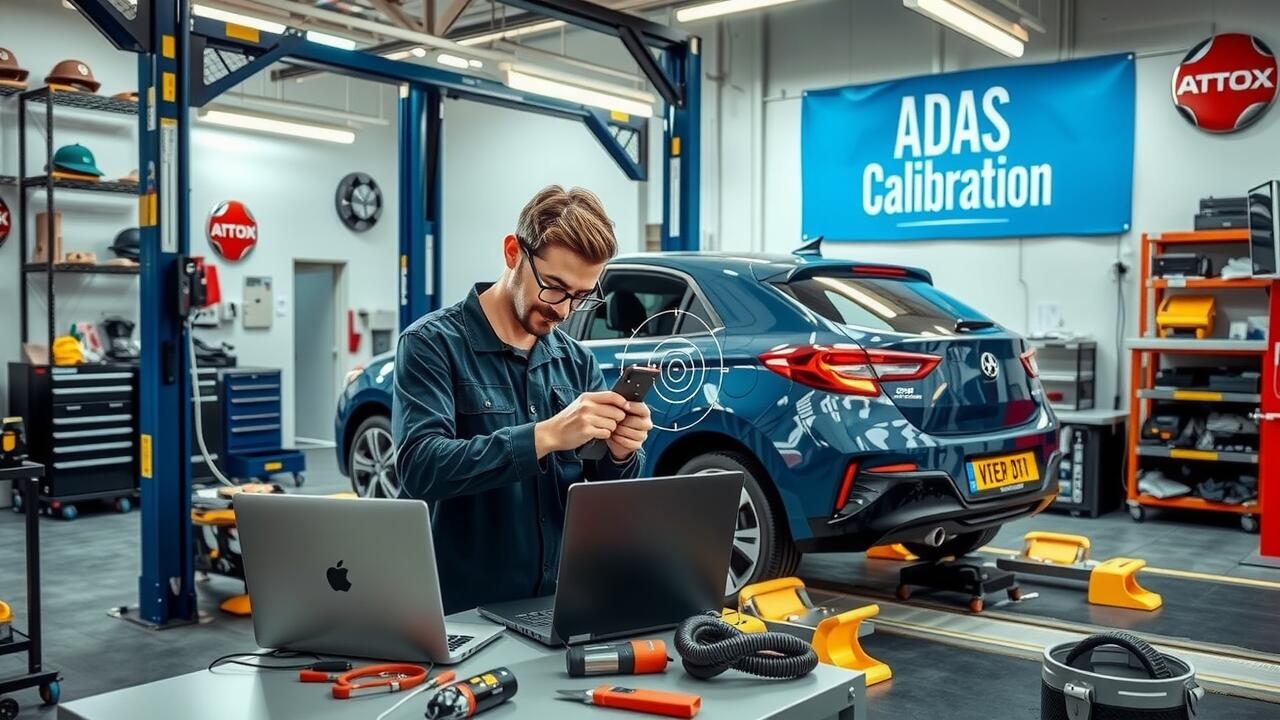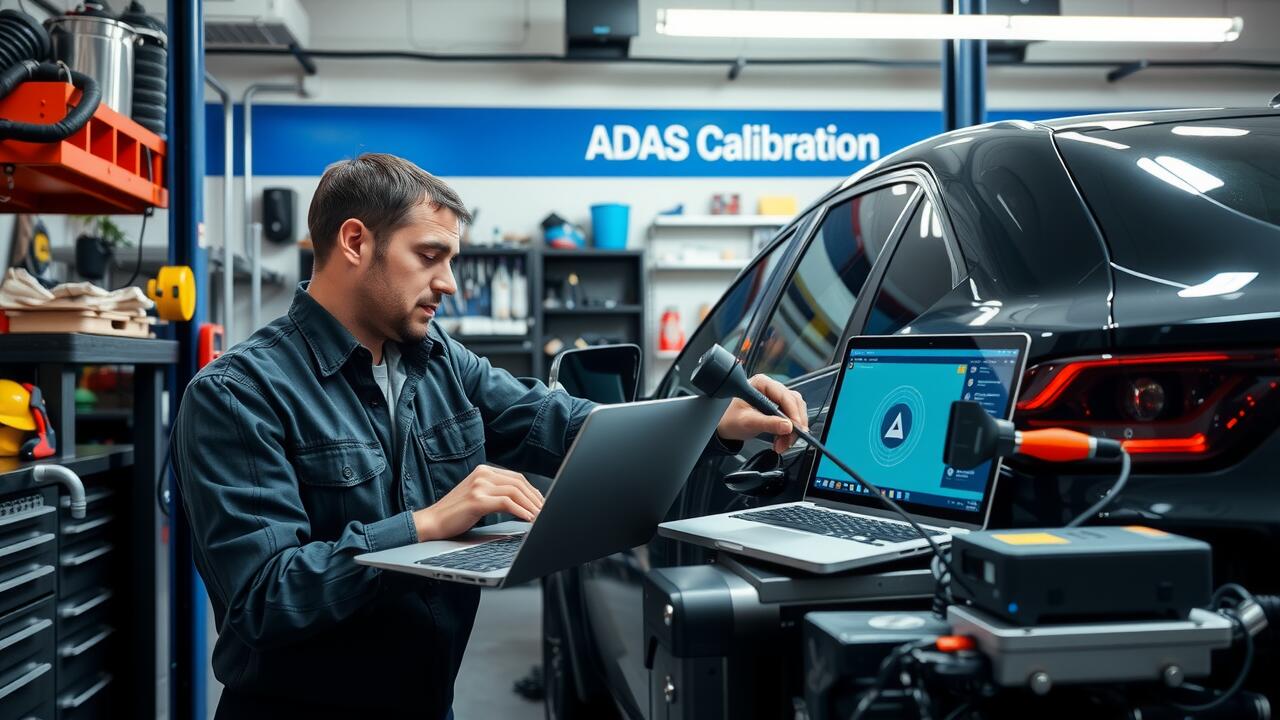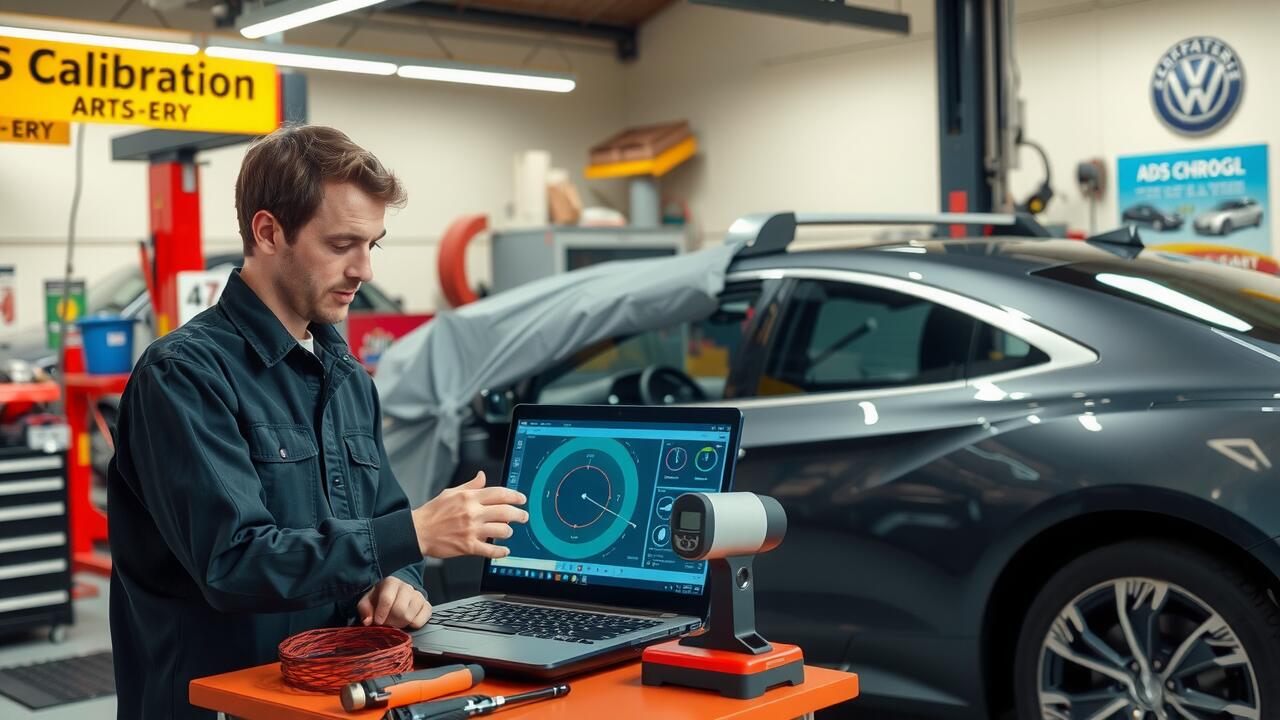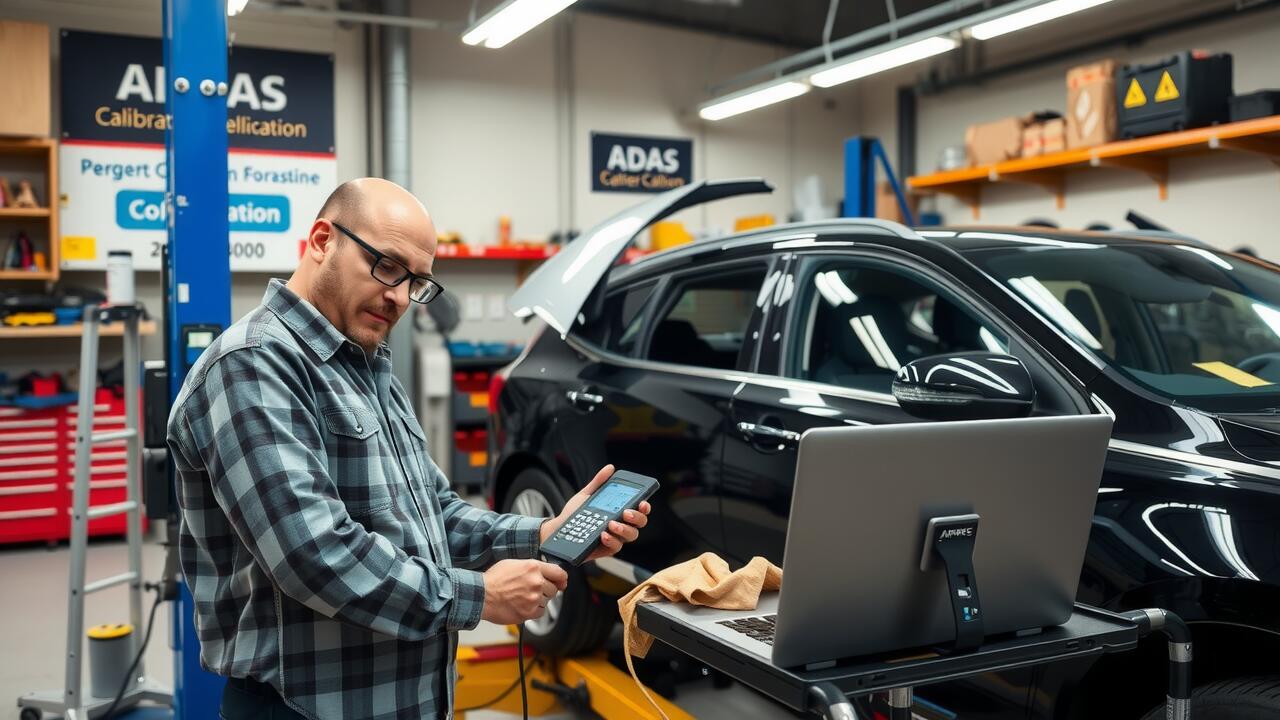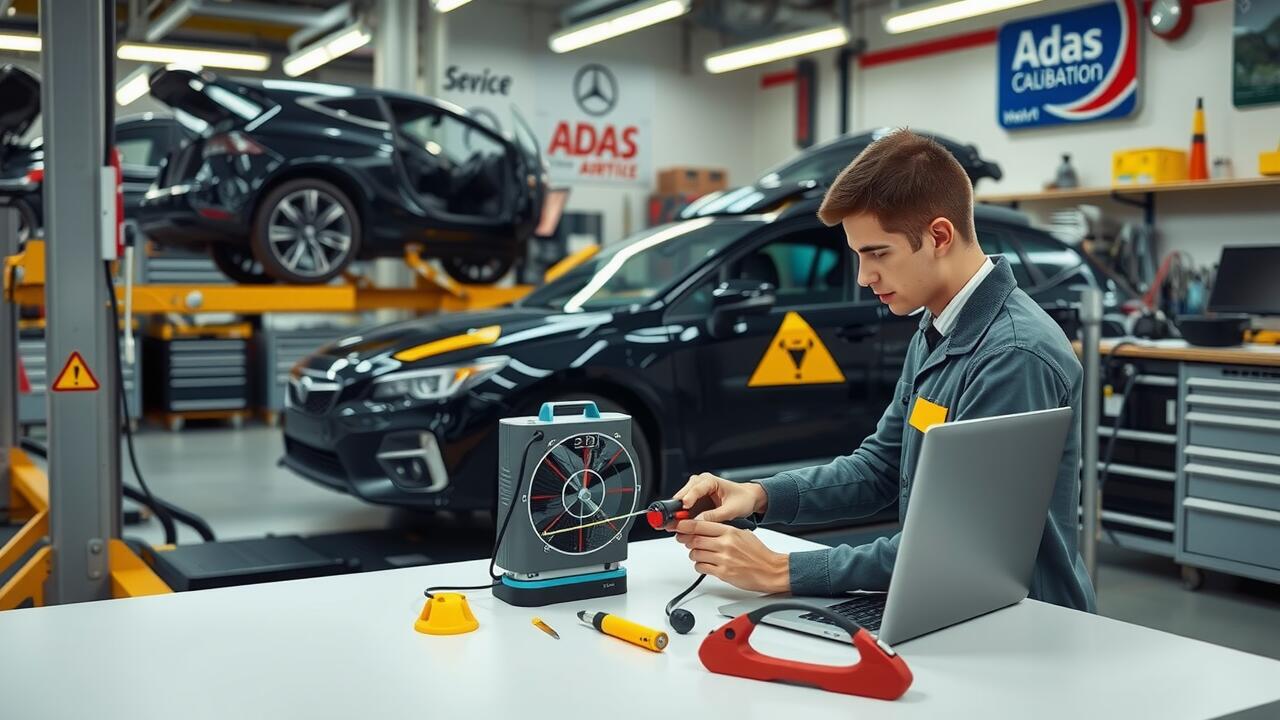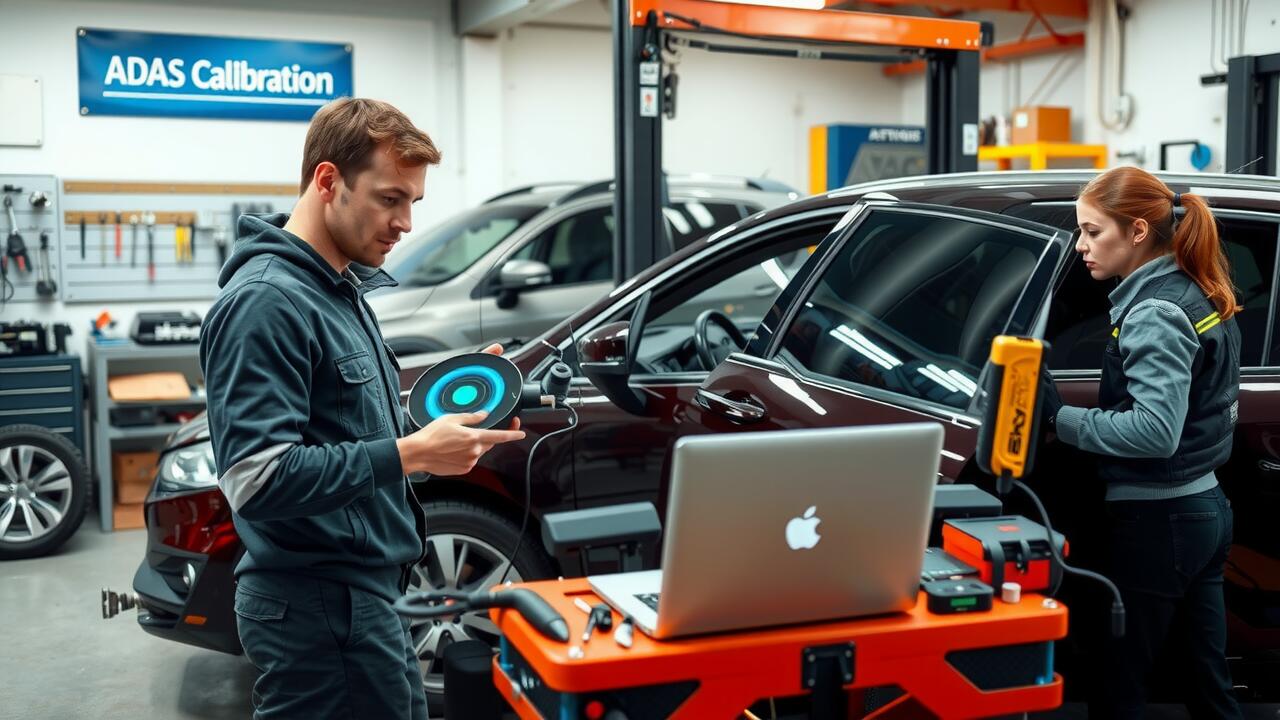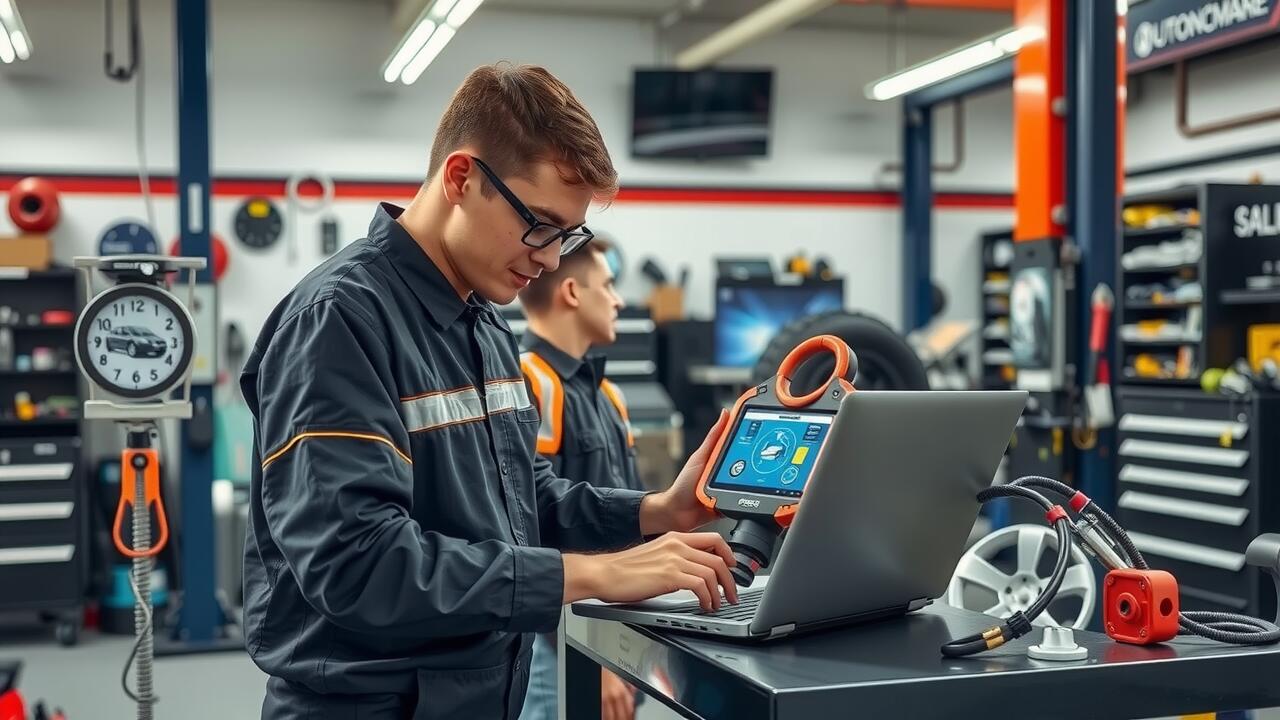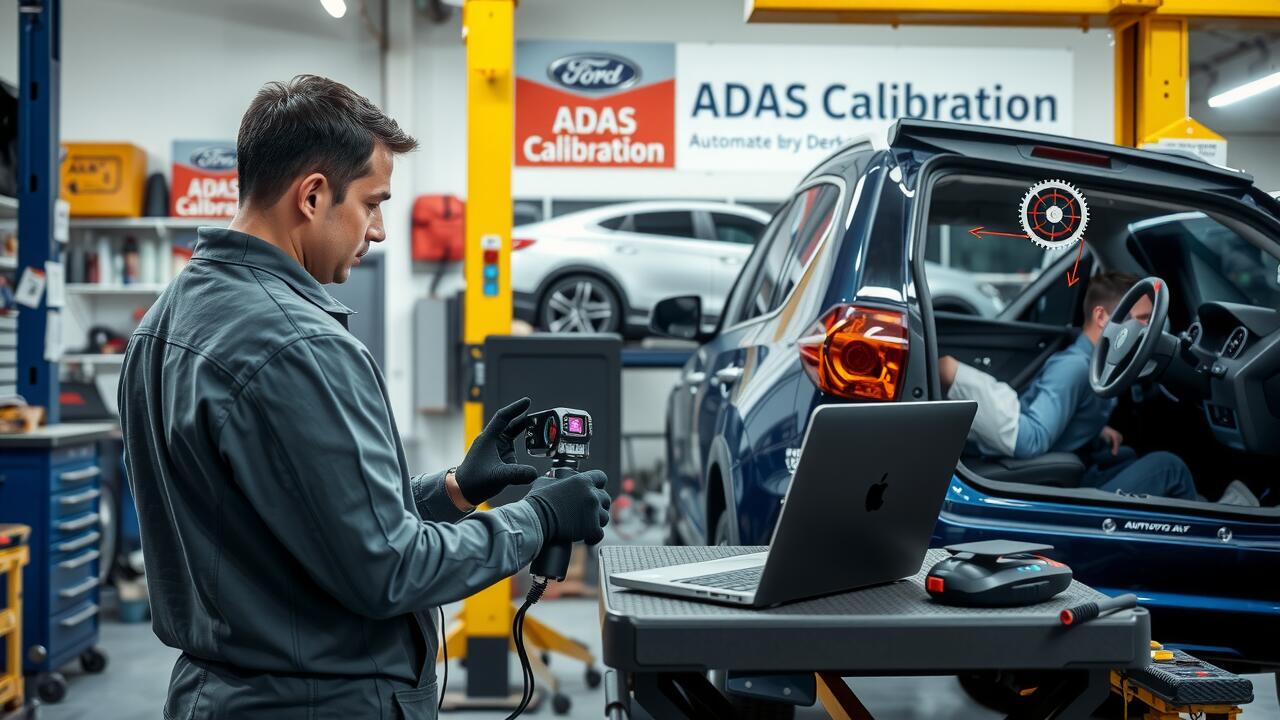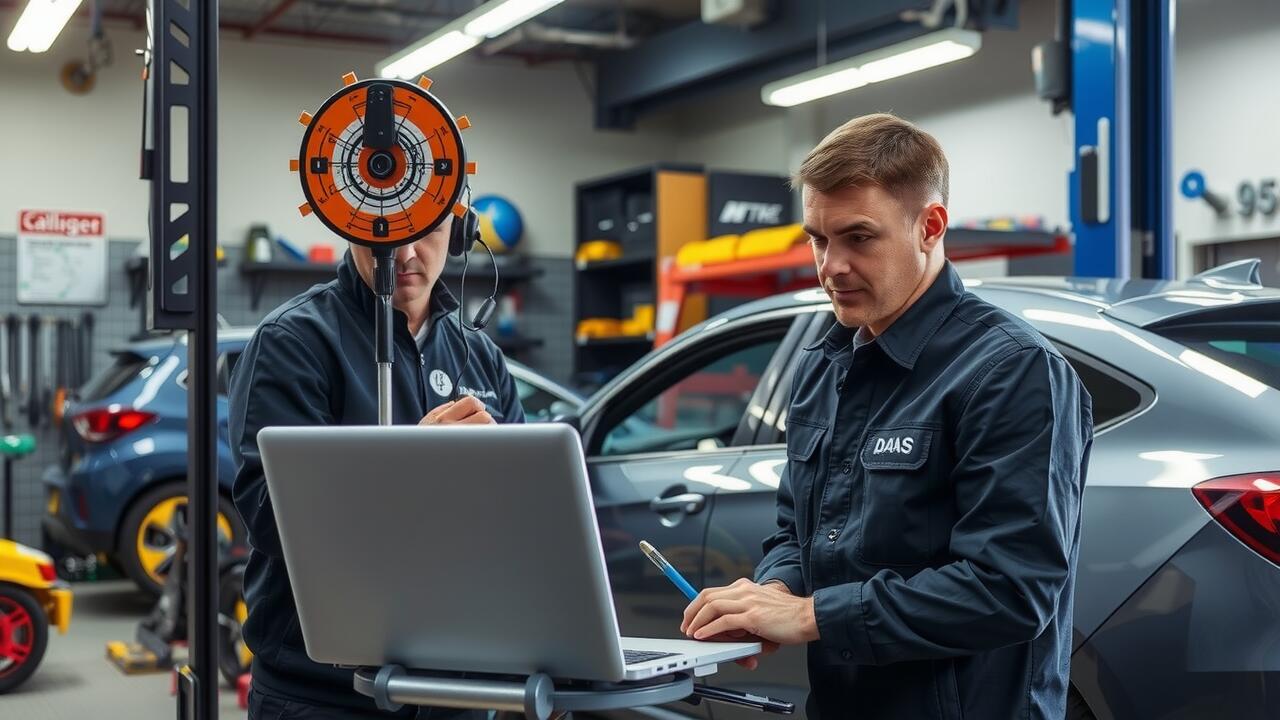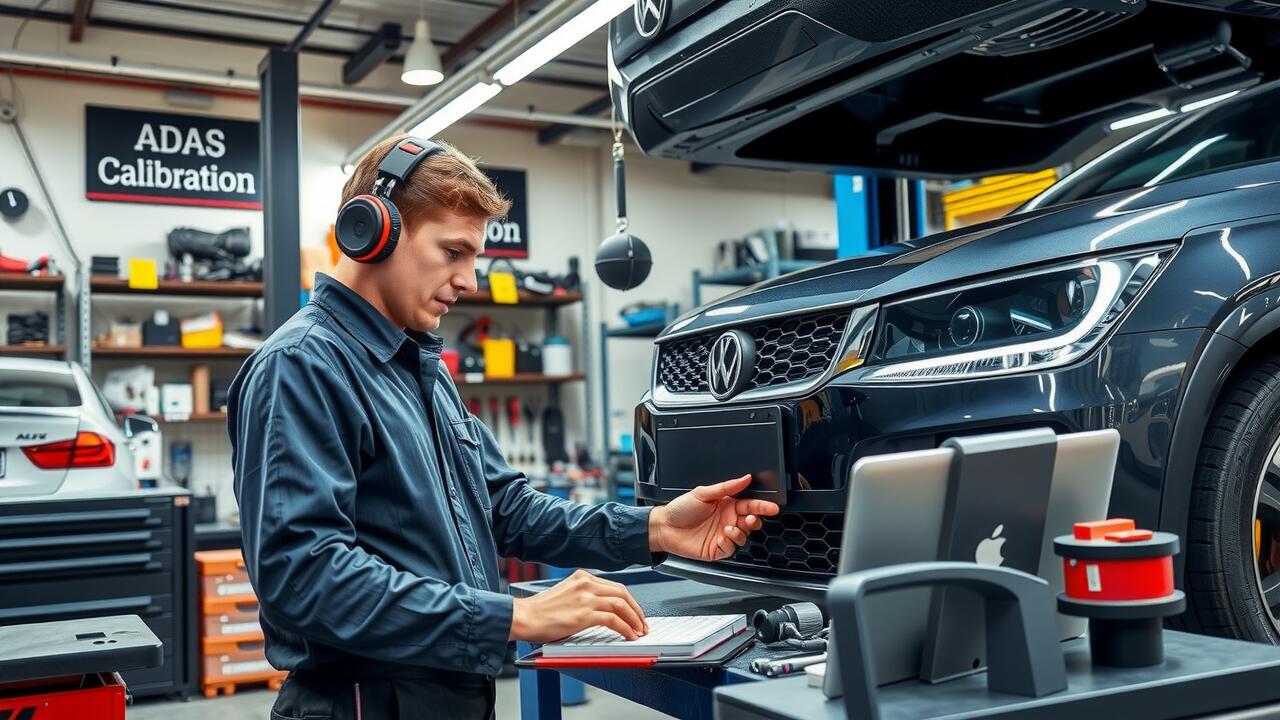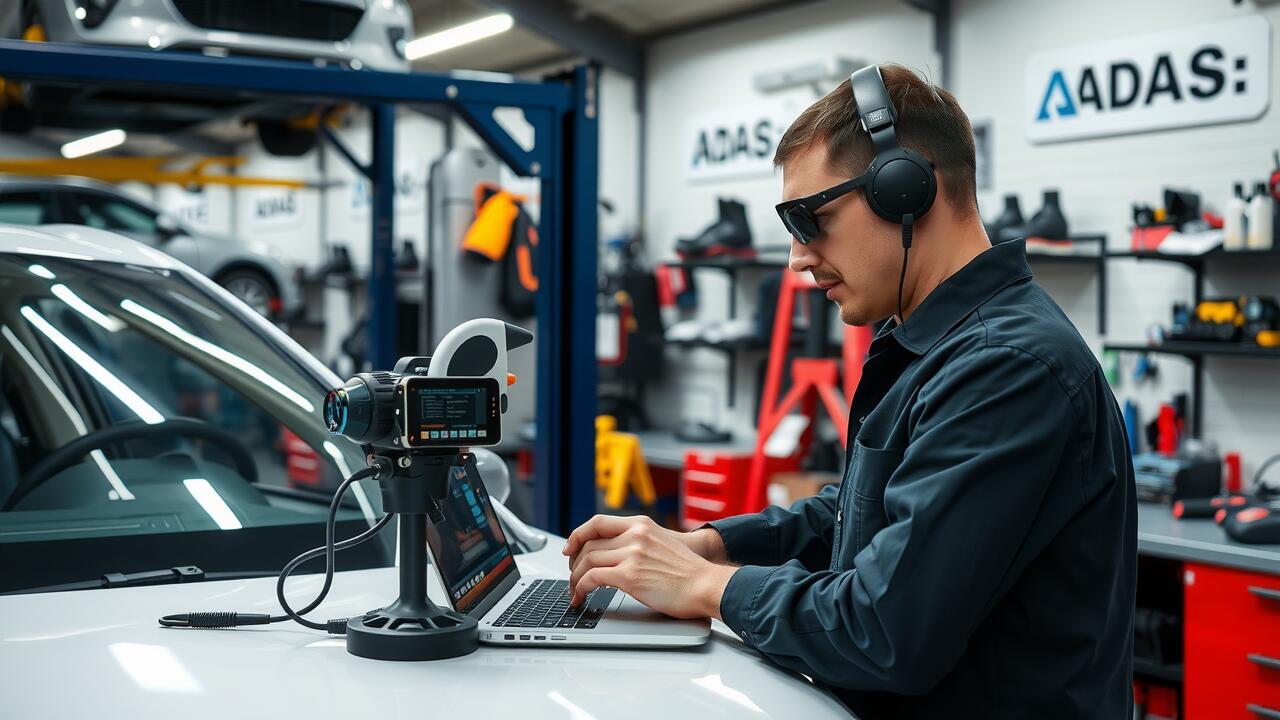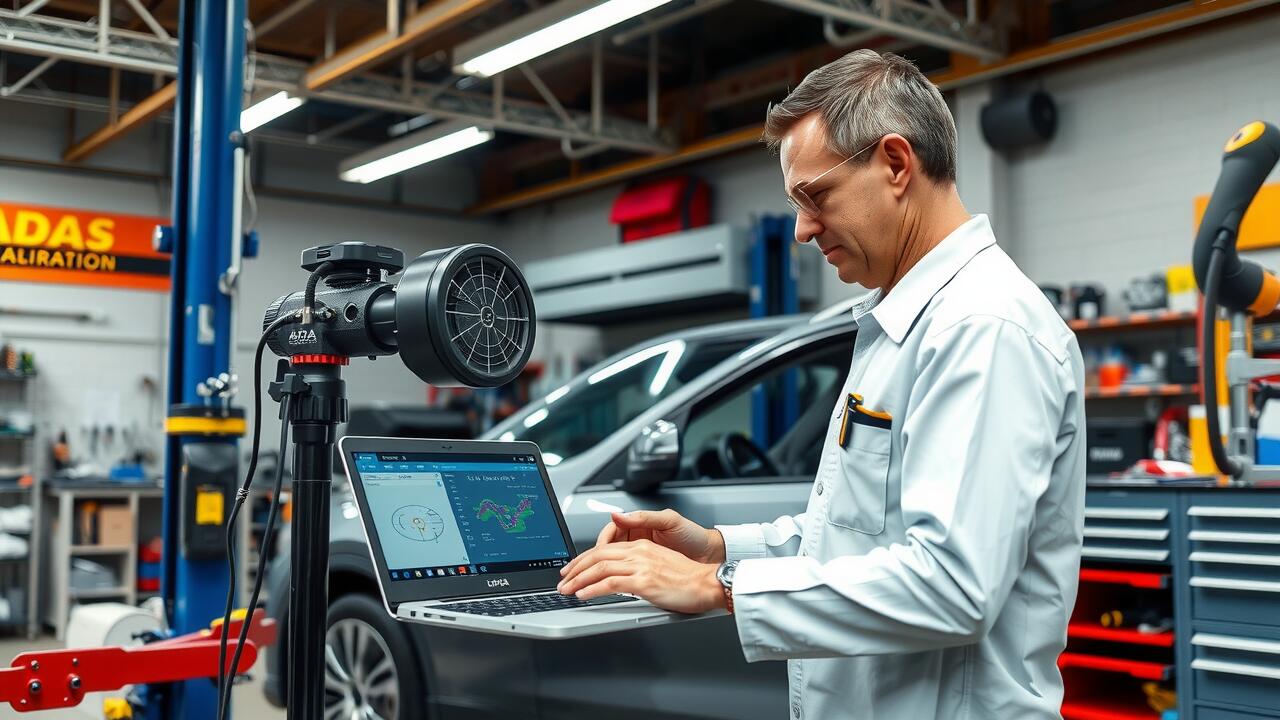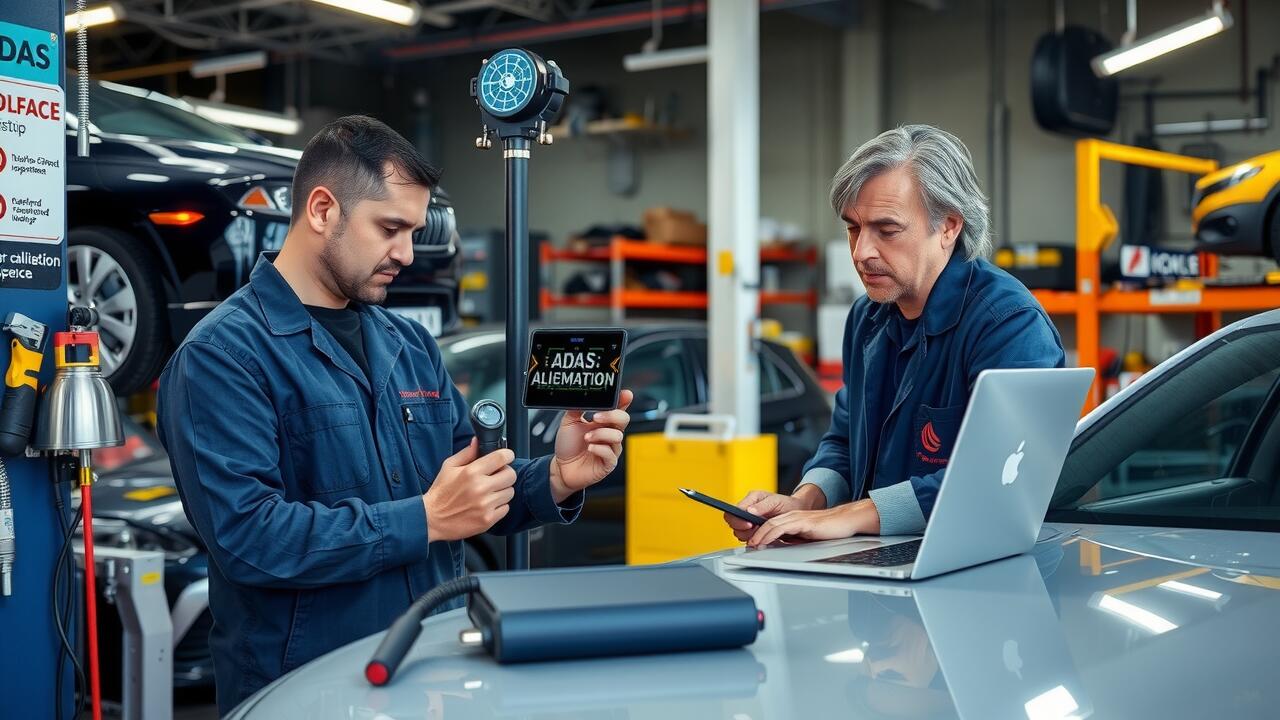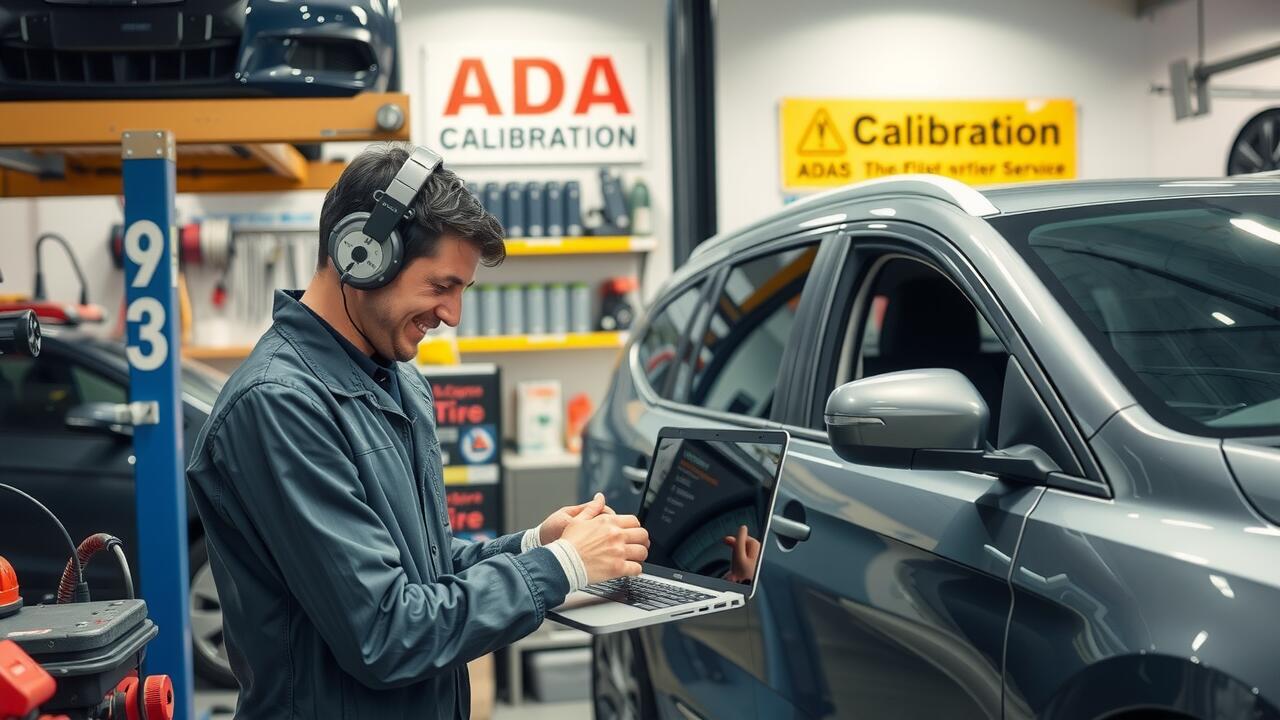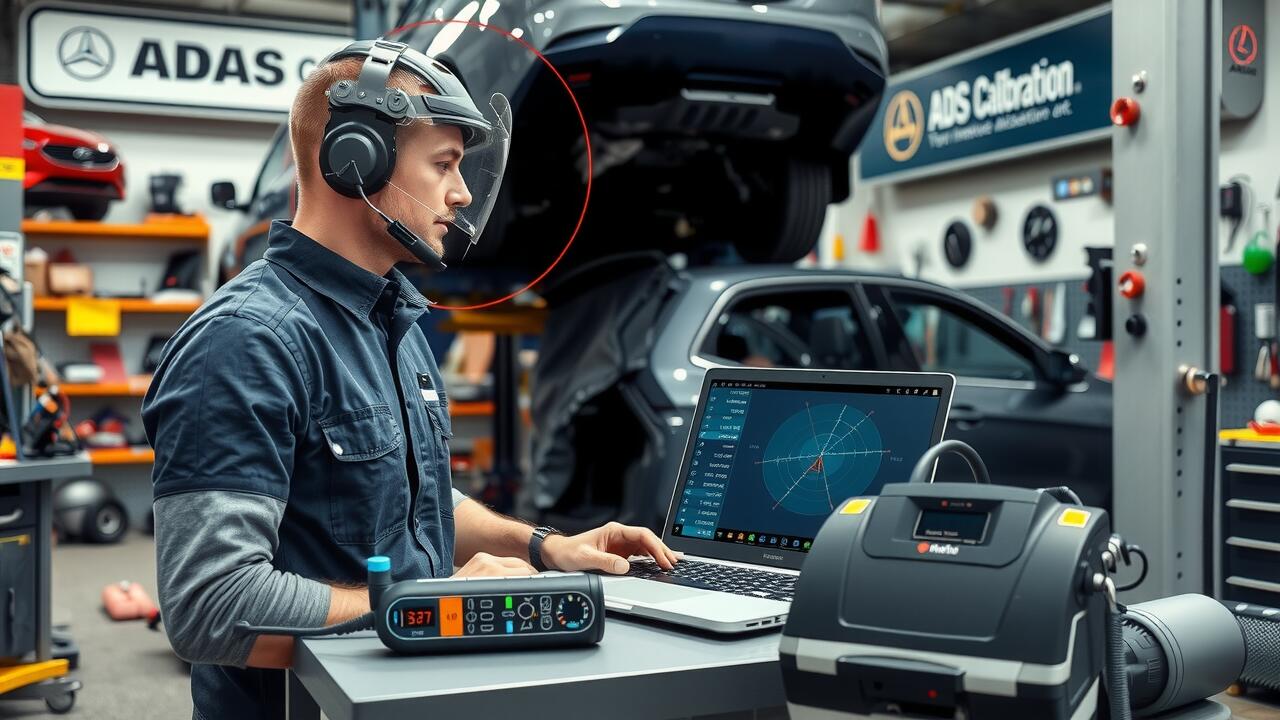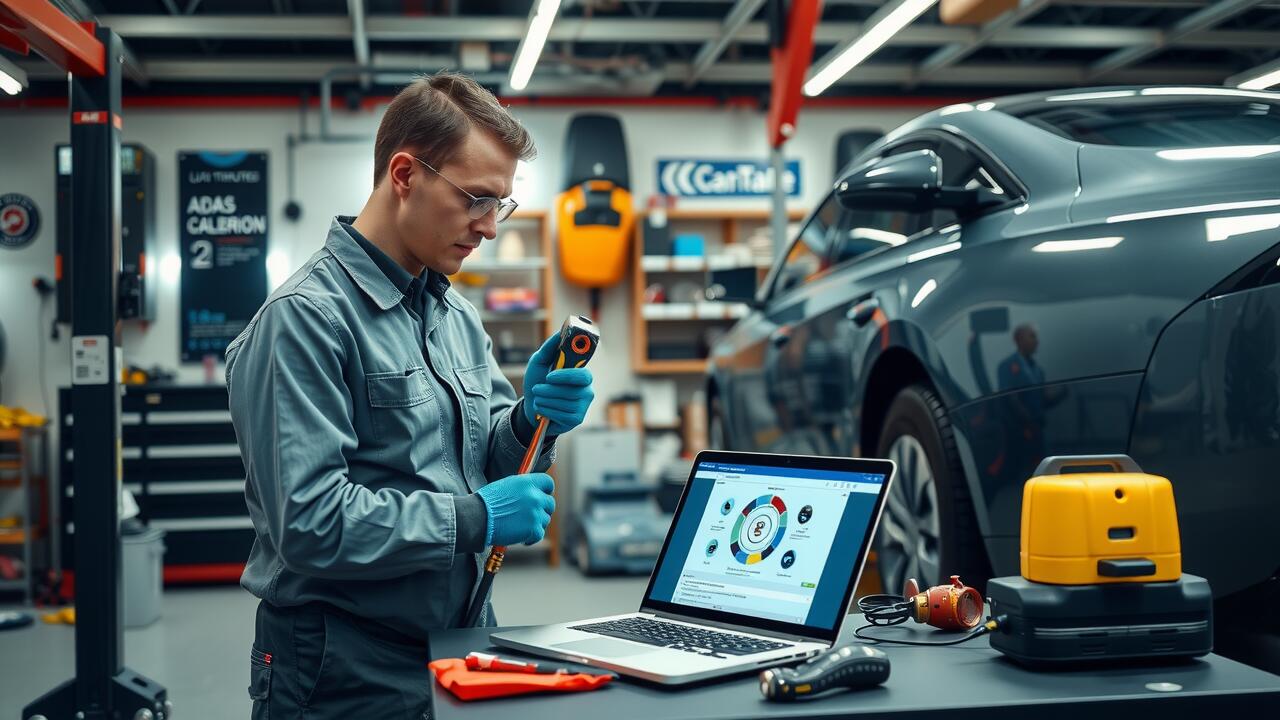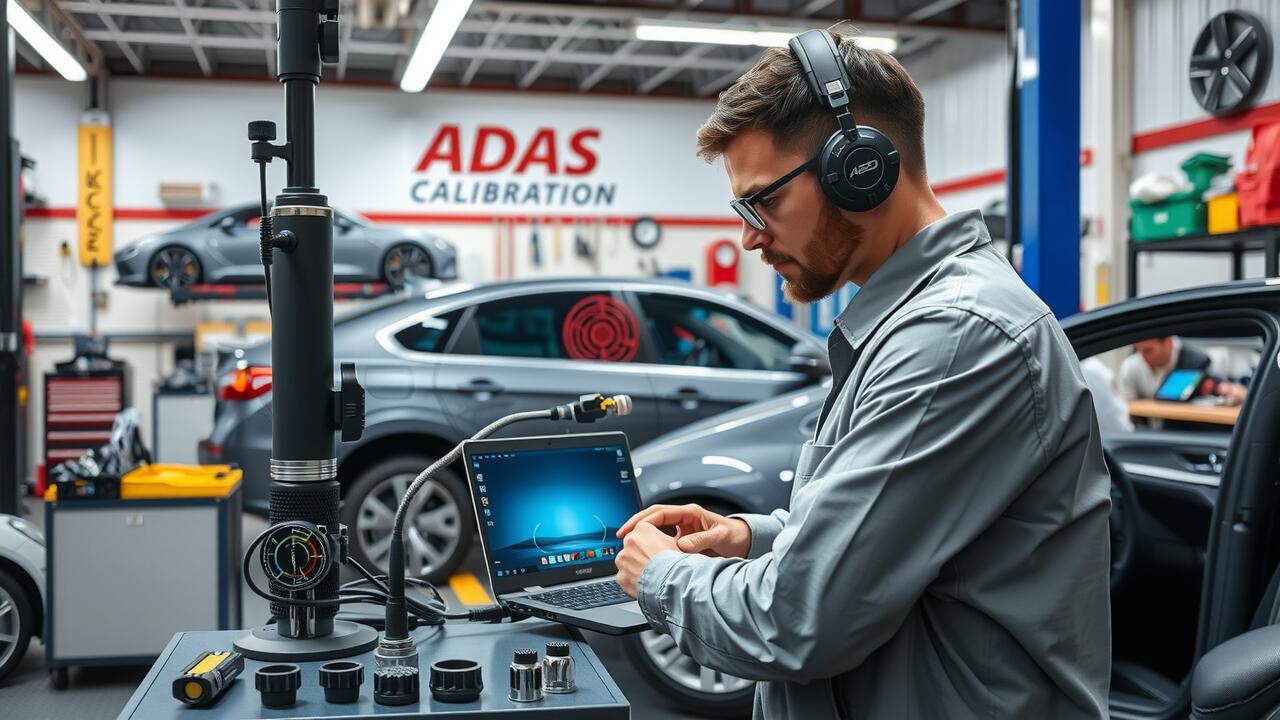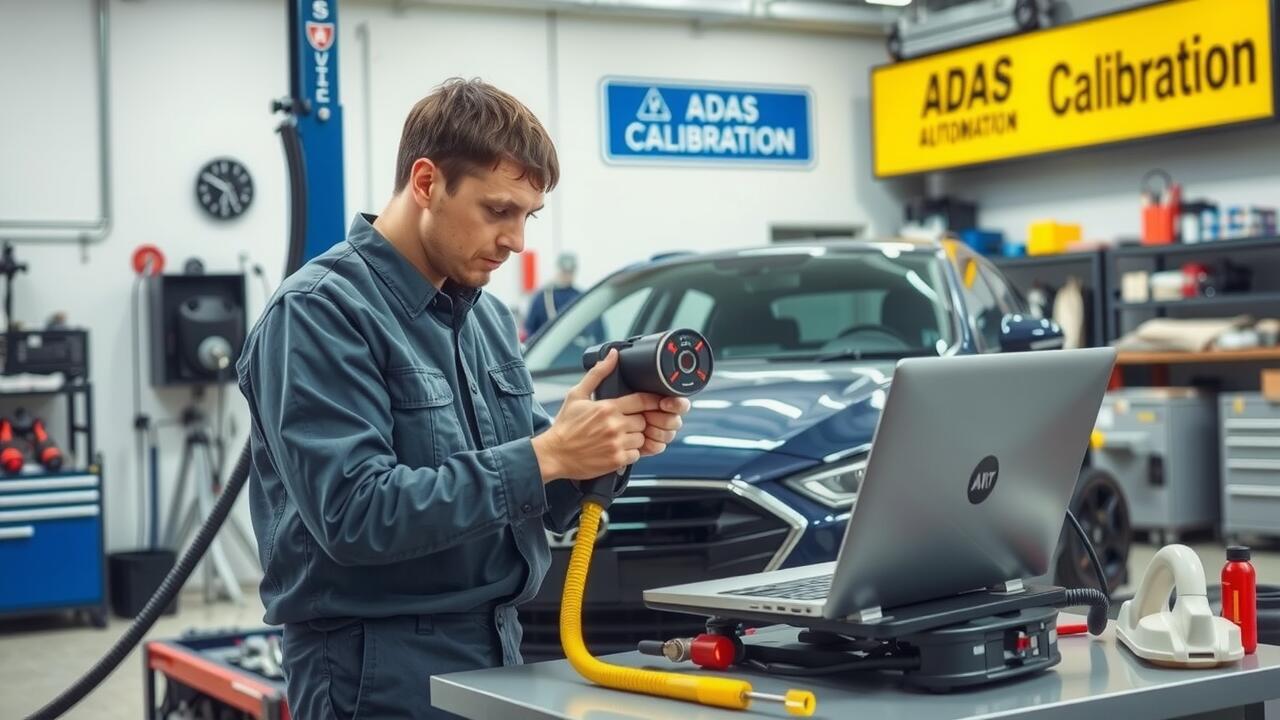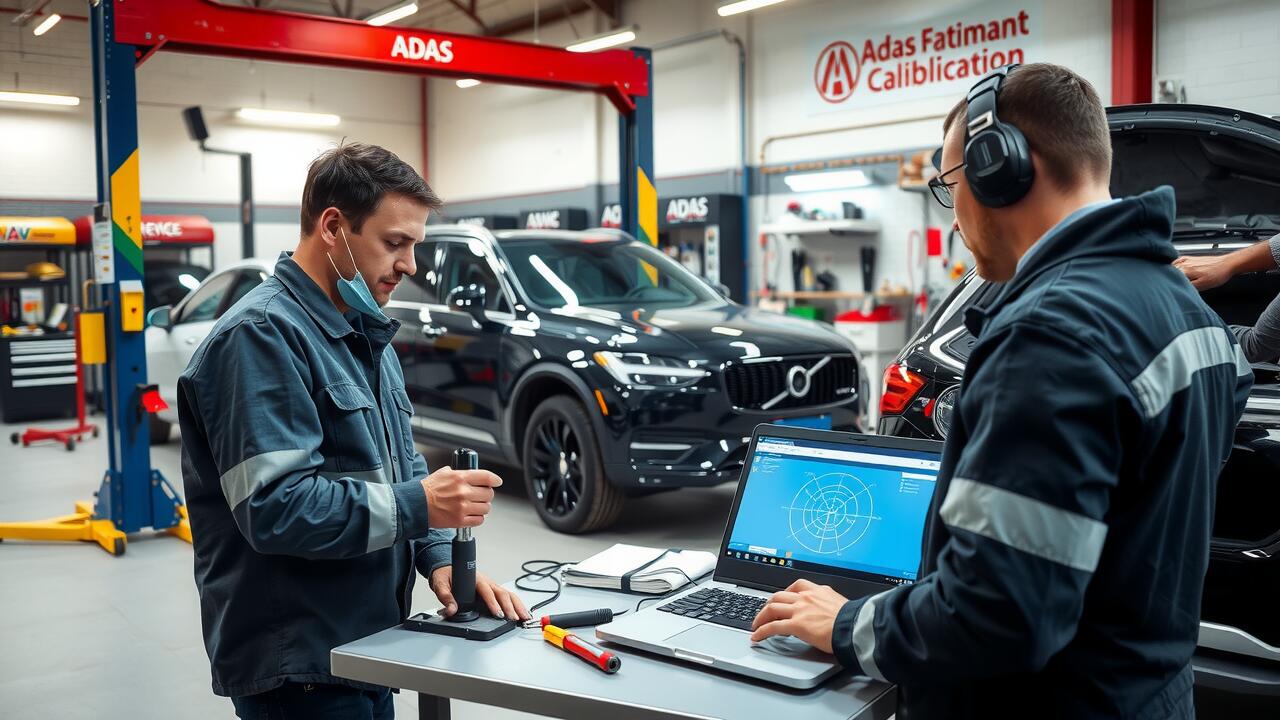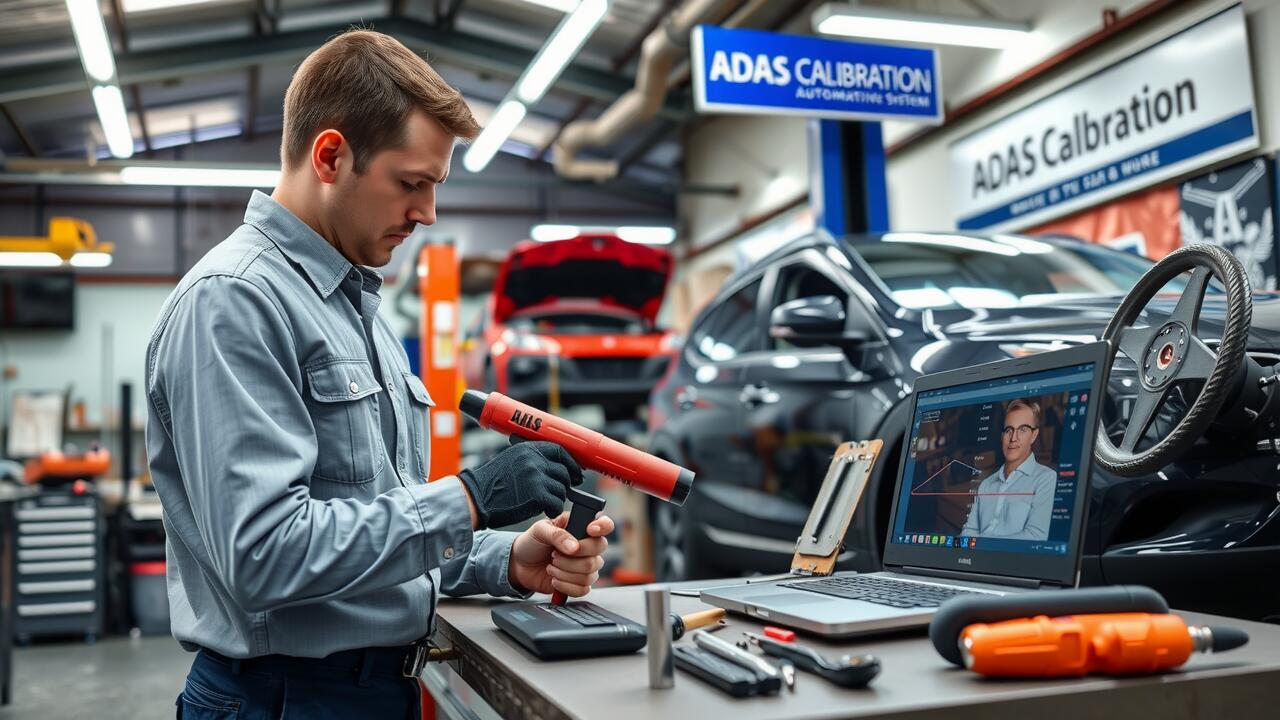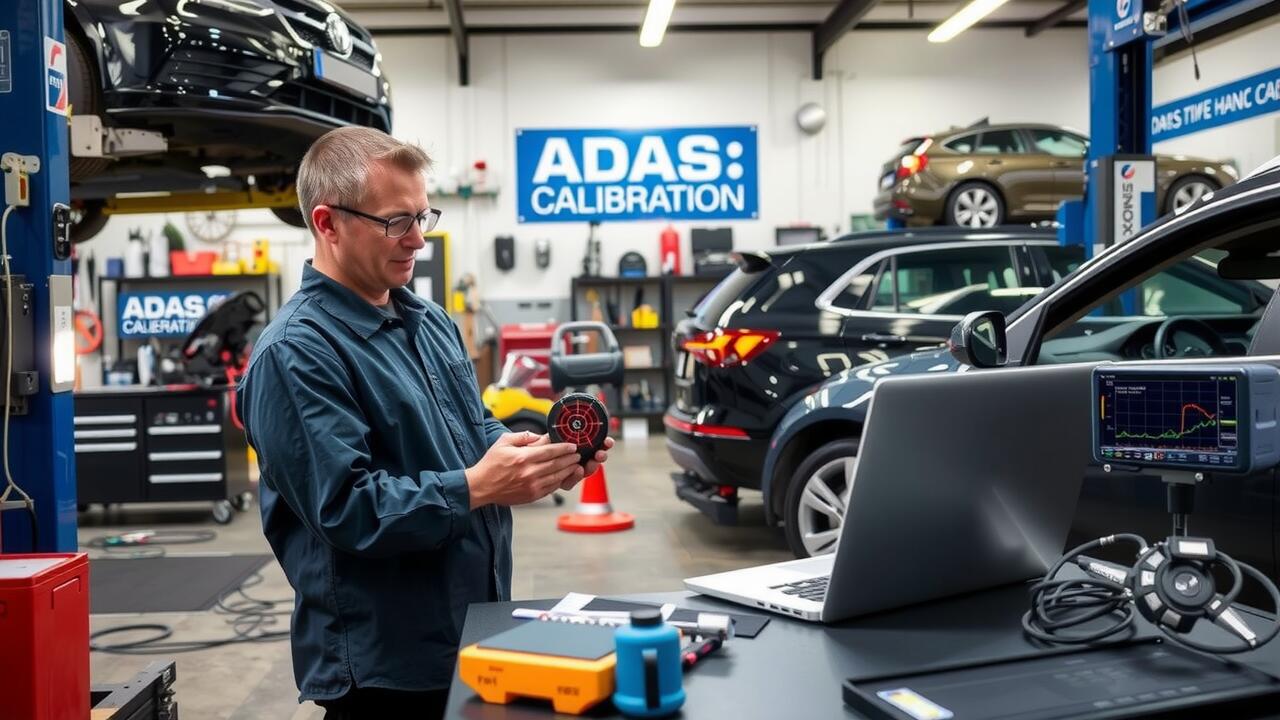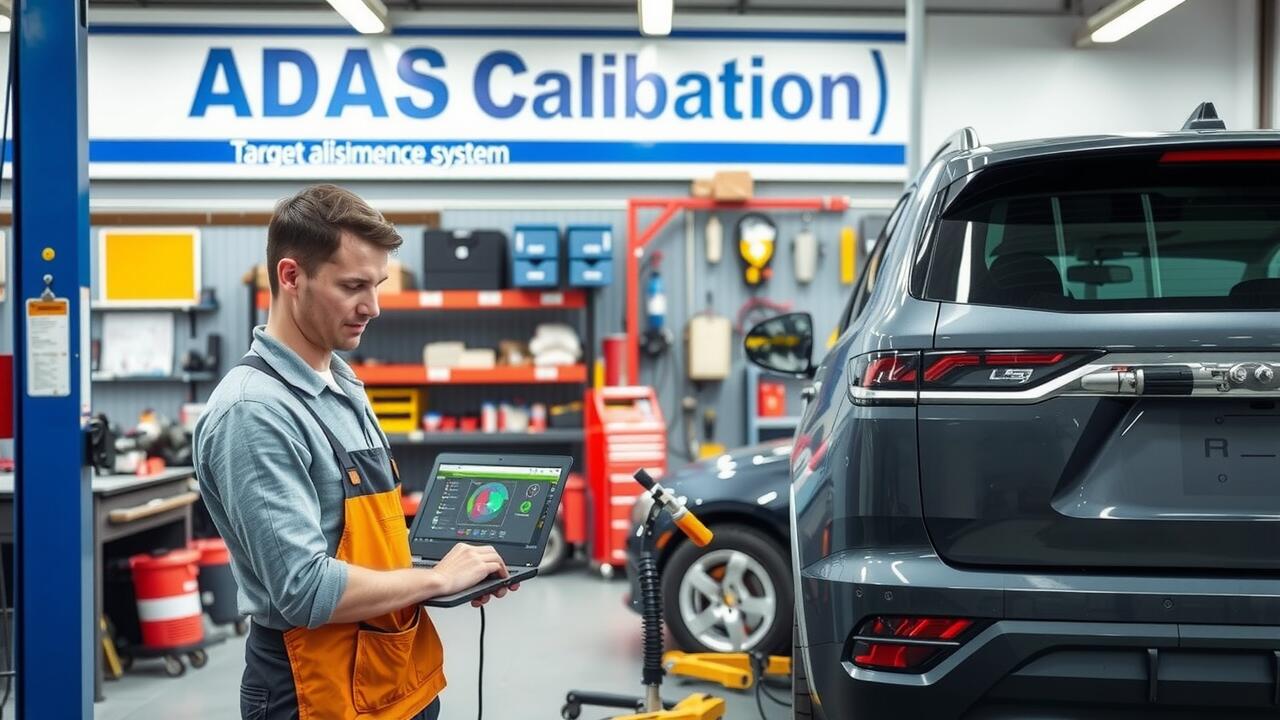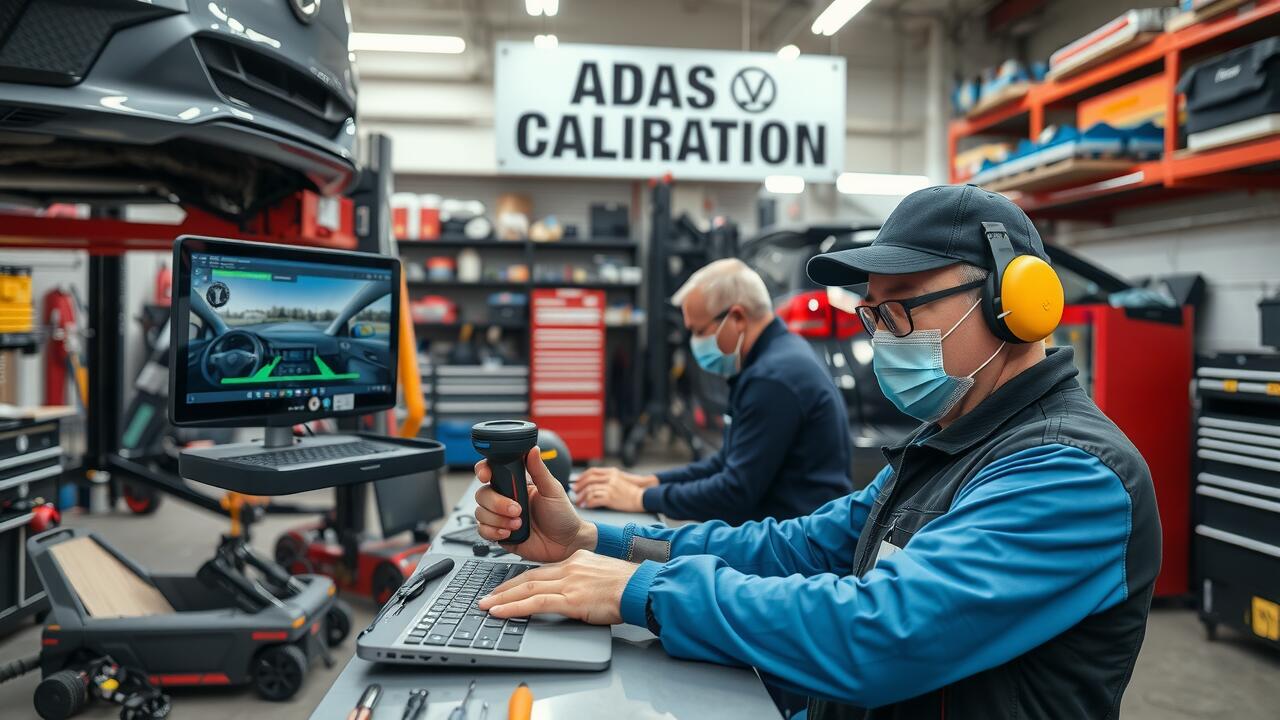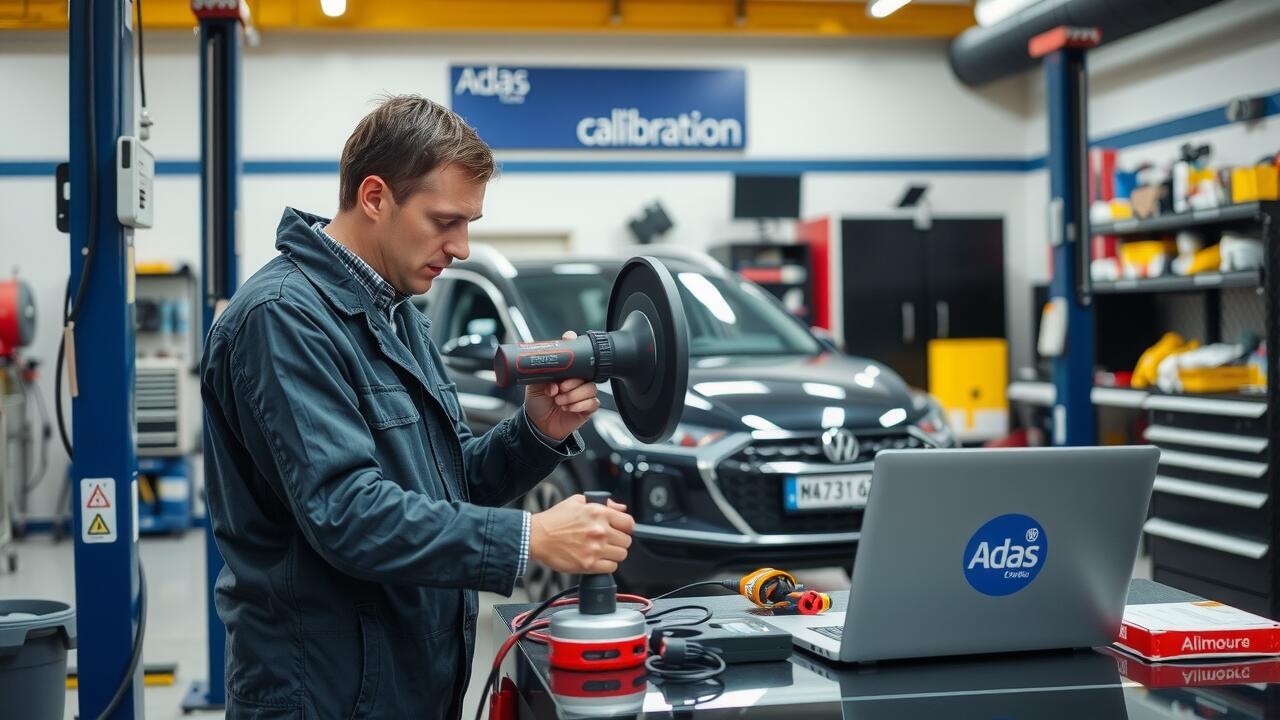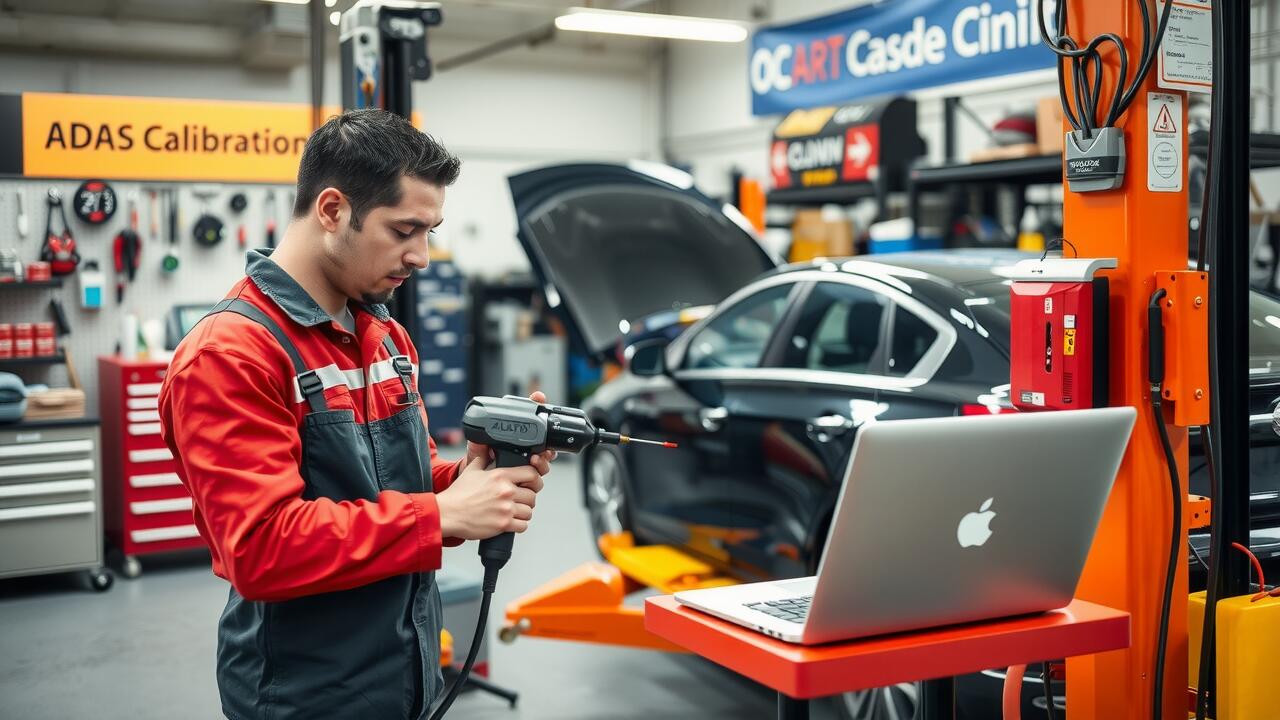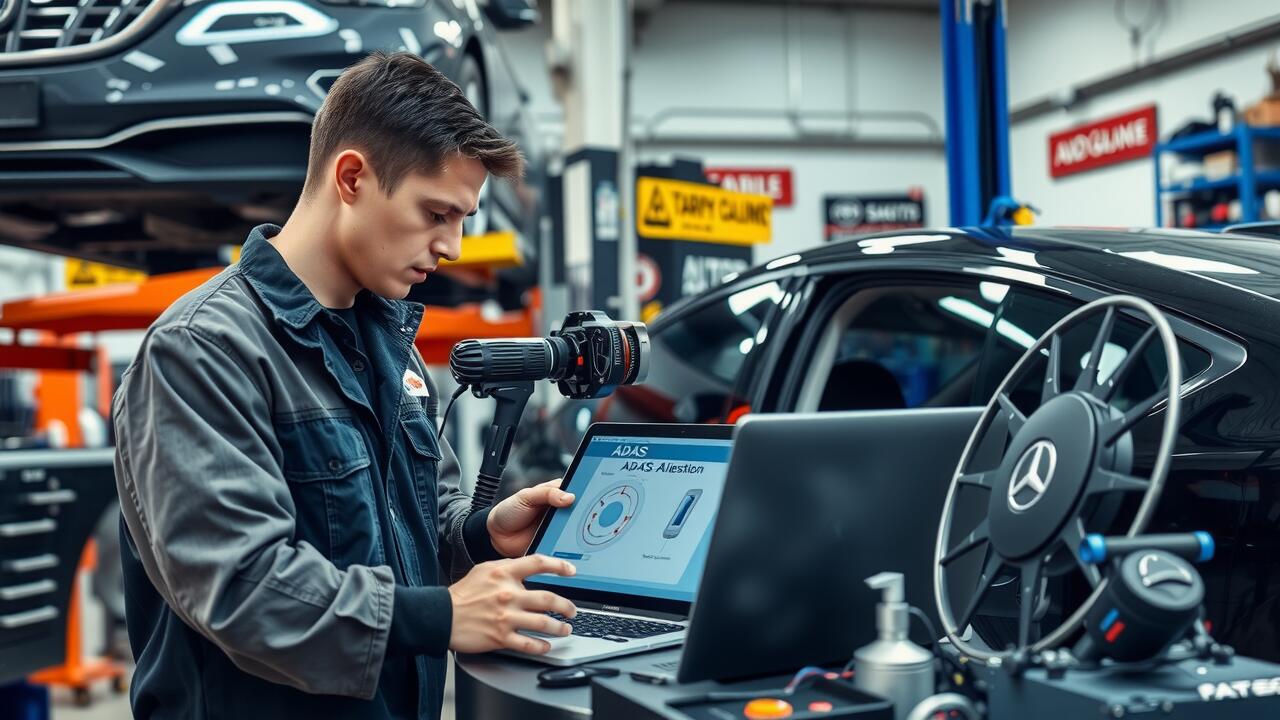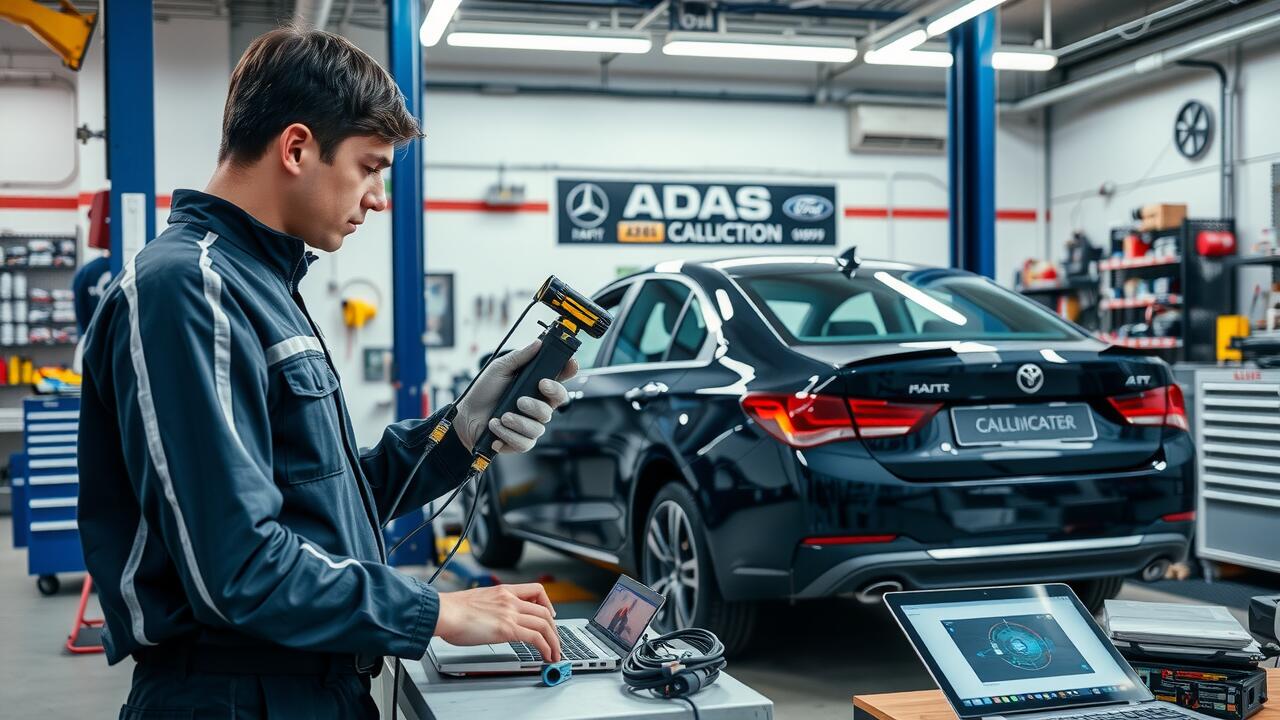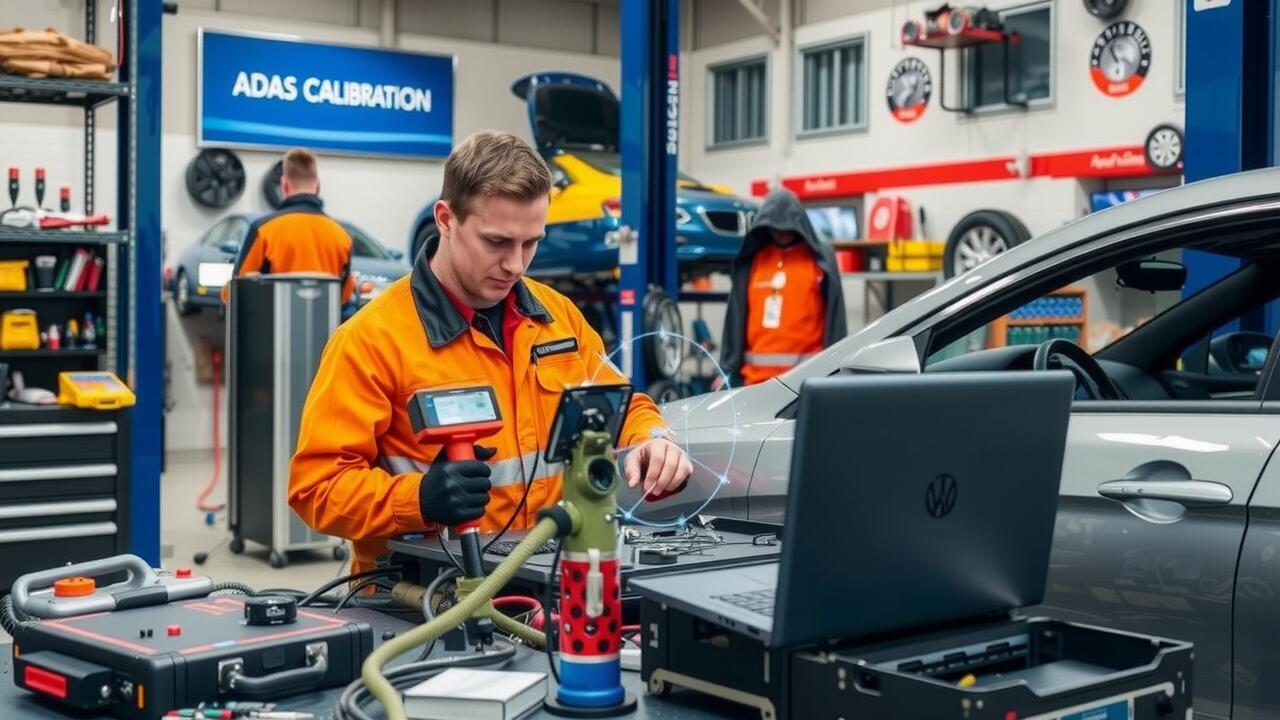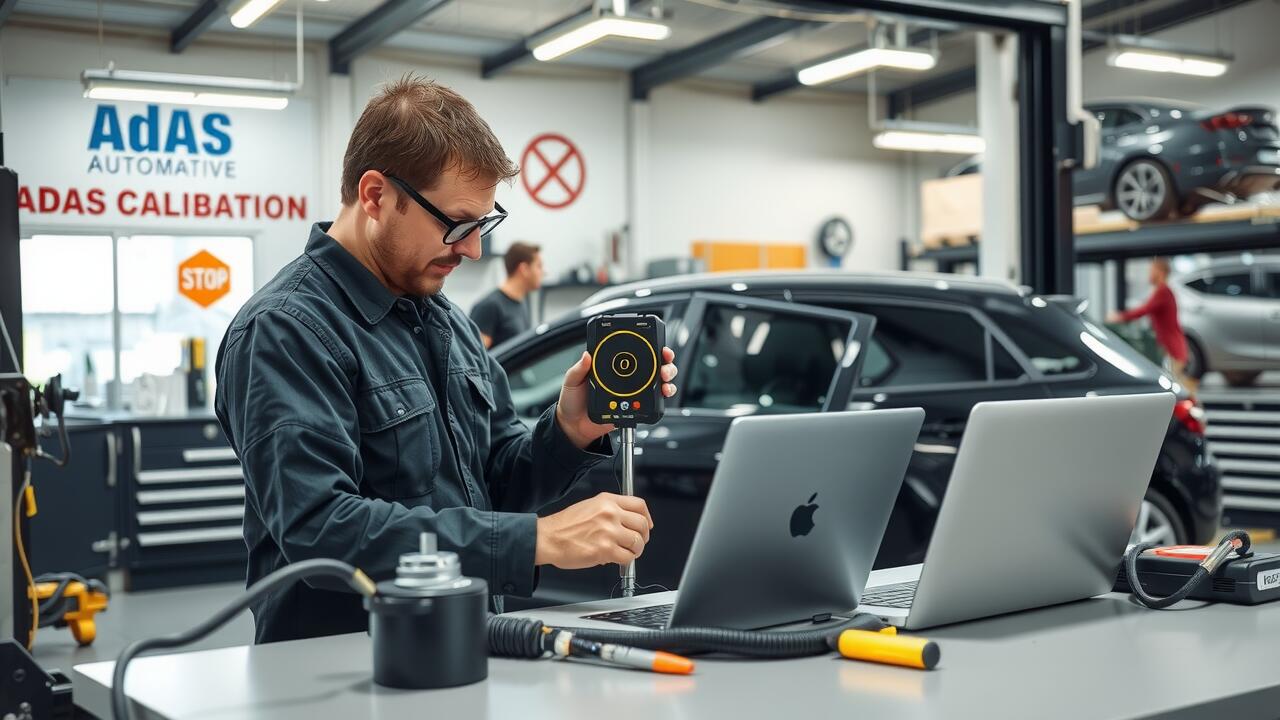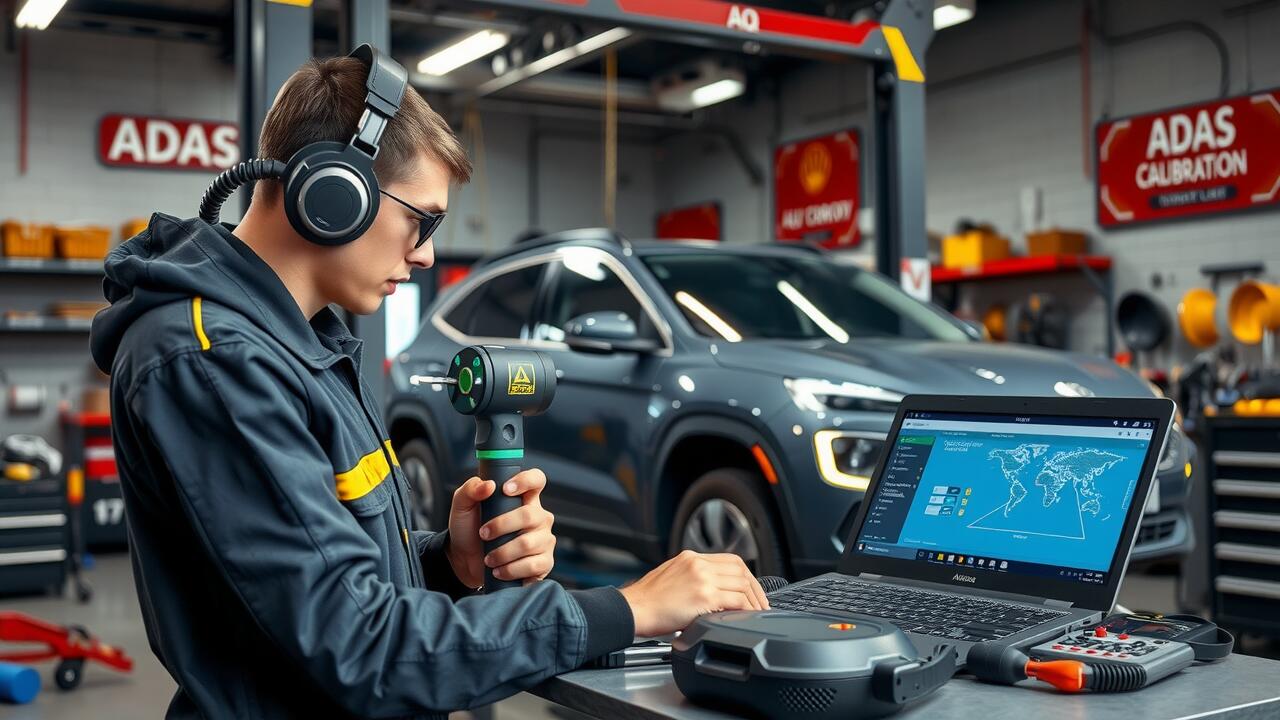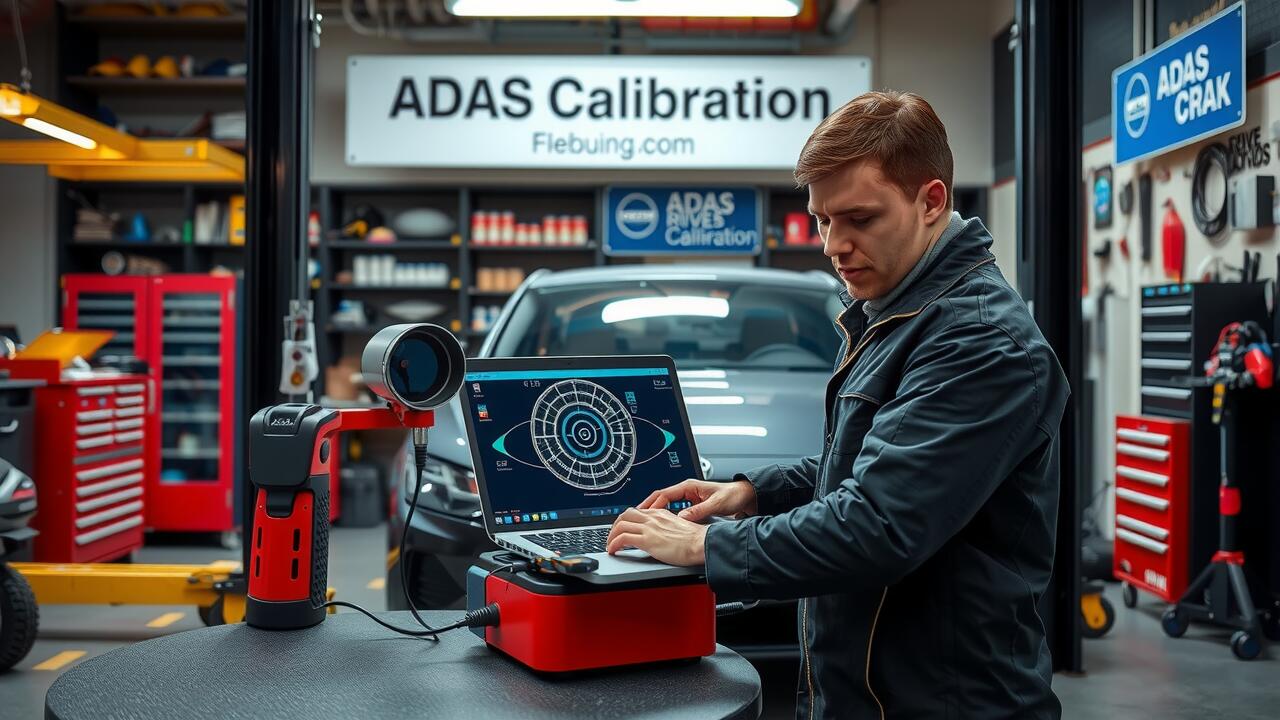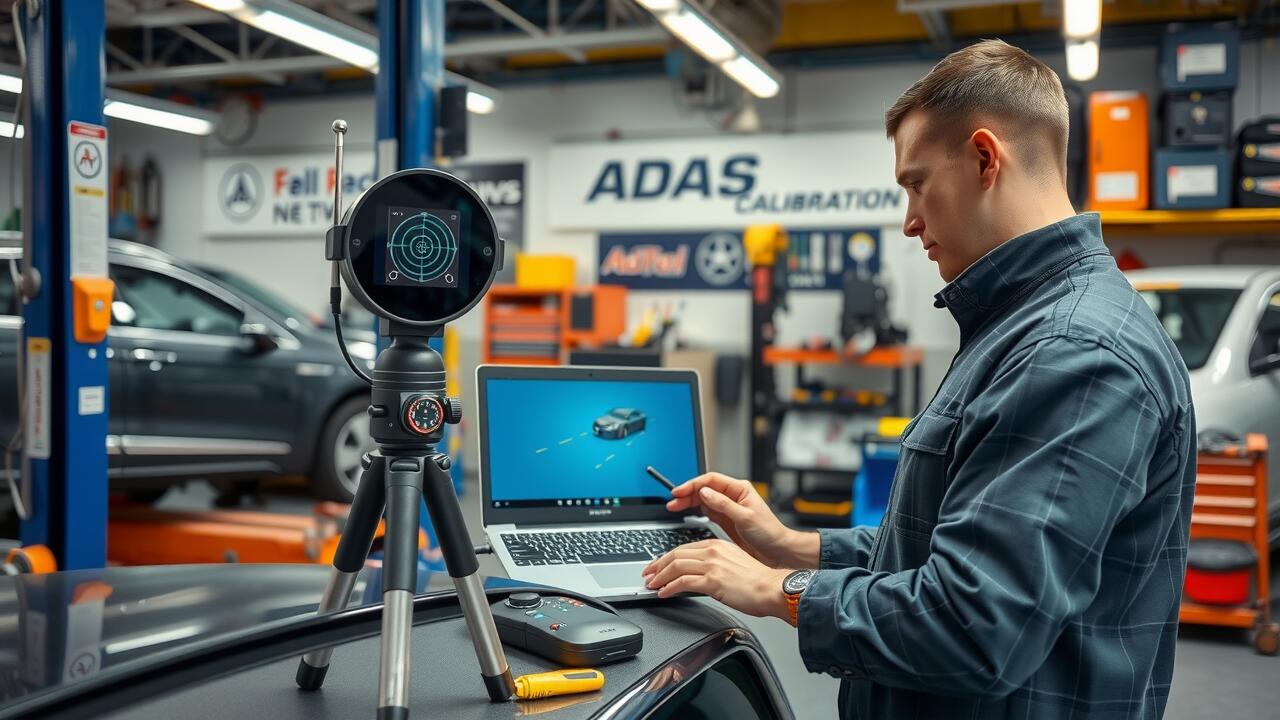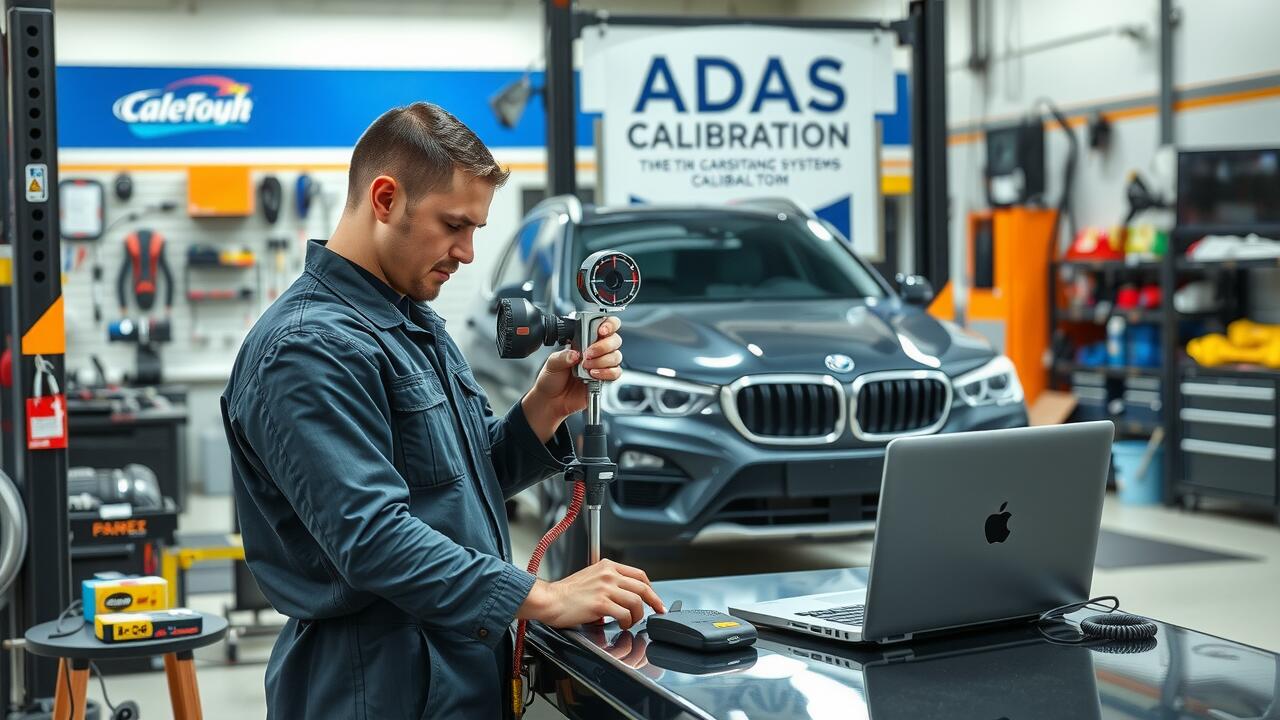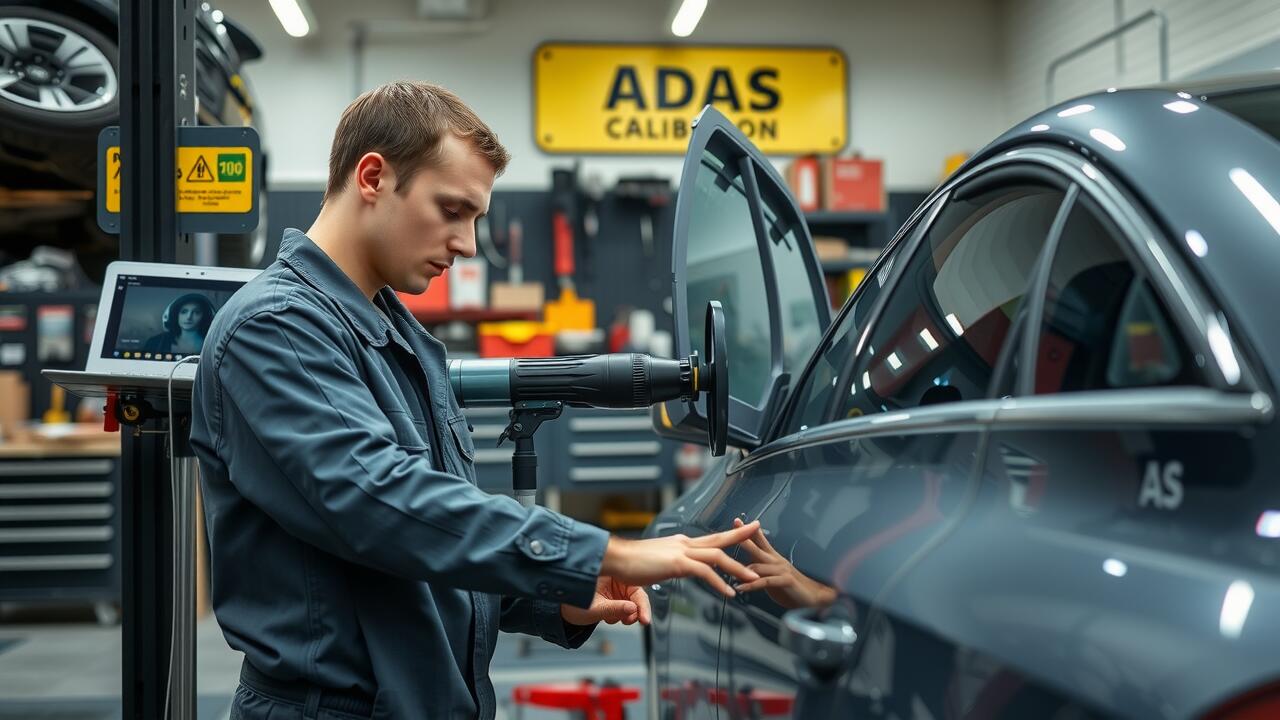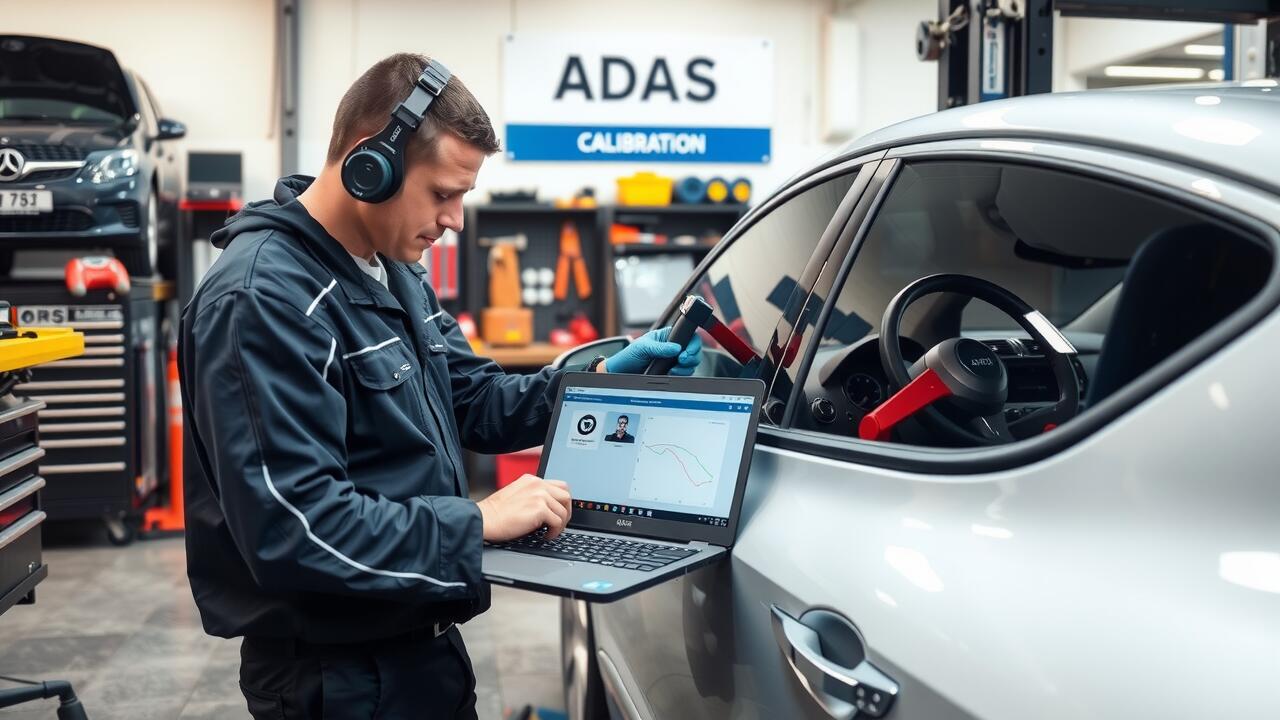
Table Of Contents
When to Use Static Calibration
Static calibration is often employed in controlled environments, where vehicles are placed on specialised equipment to ensure precision. This method is particularly advantageous for systems that require calibration without the complications of dynamic movements. ADAS calibration services can effectively adjust sensors and cameras in optimal conditions, eliminating unwanted variables that could impact accuracy. Routine checks and repairs commonly utilise this approach, especially when the vehicle has not sustained significant damage.
Ideal scenarios for static calibration include instances where the alignment or position of sensors and cameras need verification after a collision repair or a sensor replacement. Technicians can utilise tools like calibration targets and alignment fixtures in workshops to achieve precise measurements. The static method also proves beneficial when initiating diagnostic checks or during the pre-service assessment to ensure all systems are functioning as intended. ADAS calibration services play a crucial role in maintaining the reliability of these systems, supporting safe vehicle operation.
Ideal Scenarios for Application
Static calibration is ideally suited for situations where the vehicle is immobilised and diagnostic tools can be used in a controlled environment. This approach is beneficial for specific installations, such as after repairs to the sensors or when a new sensor is being installed. Accurate readings can be obtained as the calibration is performed without any interference from environmental factors, ensuring that systems like lane departure warnings and adaptive cruise control are set up properly.
In contrast, when dealing with more complex features that may require a thorough understanding of how the vehicle performs on the road, static calibration may not suffice. This is where ADAS calibration services come into play, as they provide a comprehensive evaluation of all the systems during actual driving conditions. This method is particularly effective for dynamic functions that depend on the vehicle’s movement, such as collision avoidance technology. Understanding how these systems react in real-world scenarios ensures their reliability and safety.
When to Opt for Dynamic Calibration
Dynamic calibration is essential for vehicles equipped with advanced driver-assistance systems (ADAS) that require real-world testing to ensure proper functionality. This type of calibration typically takes place after repairs or replacements of vehicle components that impact the sensor's field of view or the system's operational accuracy. ADAS calibration services offer solutions that allow technicians to assess how sensors perform under actual driving conditions, providing a reliable measure of system responsiveness and effectiveness.
In scenarios where static calibration might not yield precise results, dynamic calibration is the preferred method. For example, following the installation of windshields, bumpers, or advanced cameras, dynamic calibration assesses the alignment of sensors relative to their intended targets. Utilising ADAS calibration services ensures that the systems function optimally, not only enhancing safety but also improving overall vehicle performance. Testing under various road conditions helps technicians identify potential issues and fine-tune the systems accordingly.
Situations Requiring On-Road Testing
Dynamic calibration is an essential process for advanced driver-assistance systems (ADAS) that require real-world validation to ensure optimal performance. This type of calibration involves testing the vehicle in various driving conditions. It is particularly crucial for systems that rely on input from sensors while the vehicle is in motion, such as adaptive cruise control or lane-keeping assist. These functionalities demand accurate readings from sensors that can only be confirmed through practical testing on the roads.
ADAS calibration services often include dynamic calibration when setups involve complex vehicle interactions. Factors like weather, terrain, and other on-road variables significantly influence sensor calibration accuracy. By conducting on-road tests, technicians can fine-tune these systems, ensuring they respond correctly to real-time driving scenarios. This process not only enhances safety but also increases the overall effectiveness of the ADAS features, providing both drivers and manufacturers with confidence in the technology.
Common Challenges in ADAS Calibration
ADAS calibration presents several challenges that can impede the accuracy of safety systems in vehicles. A primary concern is the reliance on sophisticated technology and equipment to ensure precise adjustments are made. Variations in environmental conditions such as lighting and surface types can affect sensor performance, making it crucial for technicians to have access to reliable calibration tools. Adequate training for personnel providing ADAS calibration services is essential to navigate these complexities effectively.
Another significant challenge involves the variability in vehicle models and their respective ADAS technology. Not all vehicles follow the same calibration protocols, leading to possible errors if the wrong procedure is applied. This inconsistency can result in calibration failures, which pose risks to road safety. Vehicle manufacturers often provide specific guidelines that must be adhered to, making it imperative for service providers to stay updated with the latest information to deliver effective ADAS calibration services.
Addressing Calibration Errors
Calibration errors can significantly impact the effectiveness of Advanced Driver Assistance Systems (ADAS). These errors may arise from improper installation of sensors, environmental factors during calibration, or mechanical alignment issues. To ensure proper functioning, it is crucial to conduct thorough diagnostics that can identify discrepancies. Technicians must review calibration data meticulously to pinpoint faults that could compromise system performance.
Utilising reliable ADAS calibration services can help mitigate issues related to calibration errors. These professional services employ advanced equipment and techniques to enhance accuracy. Furthermore, they provide guidance on best practices for maintaining calibration integrity over time. Addressing these errors quickly can prevent safety risks and ensure that vehicle systems operate as intended.
FAQS
What are the two types of ADAS calibration?
The two types of ADAS calibration are static calibration and dynamic calibration. Static calibration involves calibrating the system in a controlled environment, while dynamic calibration requires the vehicle to be driven on the road for real-world testing.
When should I use static calibration for ADAS?
Static calibration is ideal to use when the vehicle is stationary and can be aligned with precise measurement tools, such as when installing new sensors or following repairs that do not affect the vehicle’s alignment.
What are some ideal scenarios for applying static calibration?
Ideal scenarios for static calibration include performing initial calibrations after sensor installation, adjusting sensors following a minor repair, or calibrating in a controlled workshop environment.
When is dynamic calibration necessary for ADAS?
Dynamic calibration is necessary when the calibration process requires on-road testing to assess the vehicle's performance and sensor functionality in real-world conditions, particularly after significant repairs or vehicle collisions.
What common challenges might arise during ADAS calibration?
Common challenges in ADAS calibration include calibration errors due to environmental factors, issues with sensor alignment, and difficulties in ensuring accurate readings during dynamic testing. Addressing these errors promptly is crucial for optimal system performance.

